The chart below shows the largest emitting countries in 18 Taken together, these five countries accounted for 58% of global emissions The UK ranked 17 th with 11% of global emissions China produced 28% and was responsible for almost twothirds of the growth in emissions since 00 The chart also looks at the sector of emissions Greenhouse gases emissions in the EU and in the world The charts above list EU countries by total greenhouse gas (GHG) emissions in 17 and the infographic below shows the world's top greenhouse gas emitters in 15 The EU is the third biggest emitter behind China and the United State and followed by India and RussiaTrends in global GHG emissions • Global greenhouse gas emissions show no signs of peaking • Global CO 2 emissions from energy and industry increased in 17, following a threeyear period of stabilization • Total annual greenhouse gases emissions, including from landuse change, reached a record high of 535 GtCO 2e in

Ghg Pollution Reduction Roadmap Colorado Energy Office
Global greenhouse gas emissions chart
Global greenhouse gas emissions chart- In 19, direct industrial greenhouse gas emissions accounted for 23 percent of total US greenhouse gas emissions, making it the third largest contributor to US greenhouse gas emissions, after the Transportation and Electricity sectors Including both direct emissions and indirect emissions associated with electricity use, industry's share of total US greenhouseThis chart shows the change in global greenhouse gas emissions over time Greenhouse gases are measured in 'carbon dioxideequivalents' (CO 2 e) Today, we collectively emit around 50 billion tonnes of CO 2 e each year This is more than 40% higher than emissions in 1990, which were around 35 billion tonnes
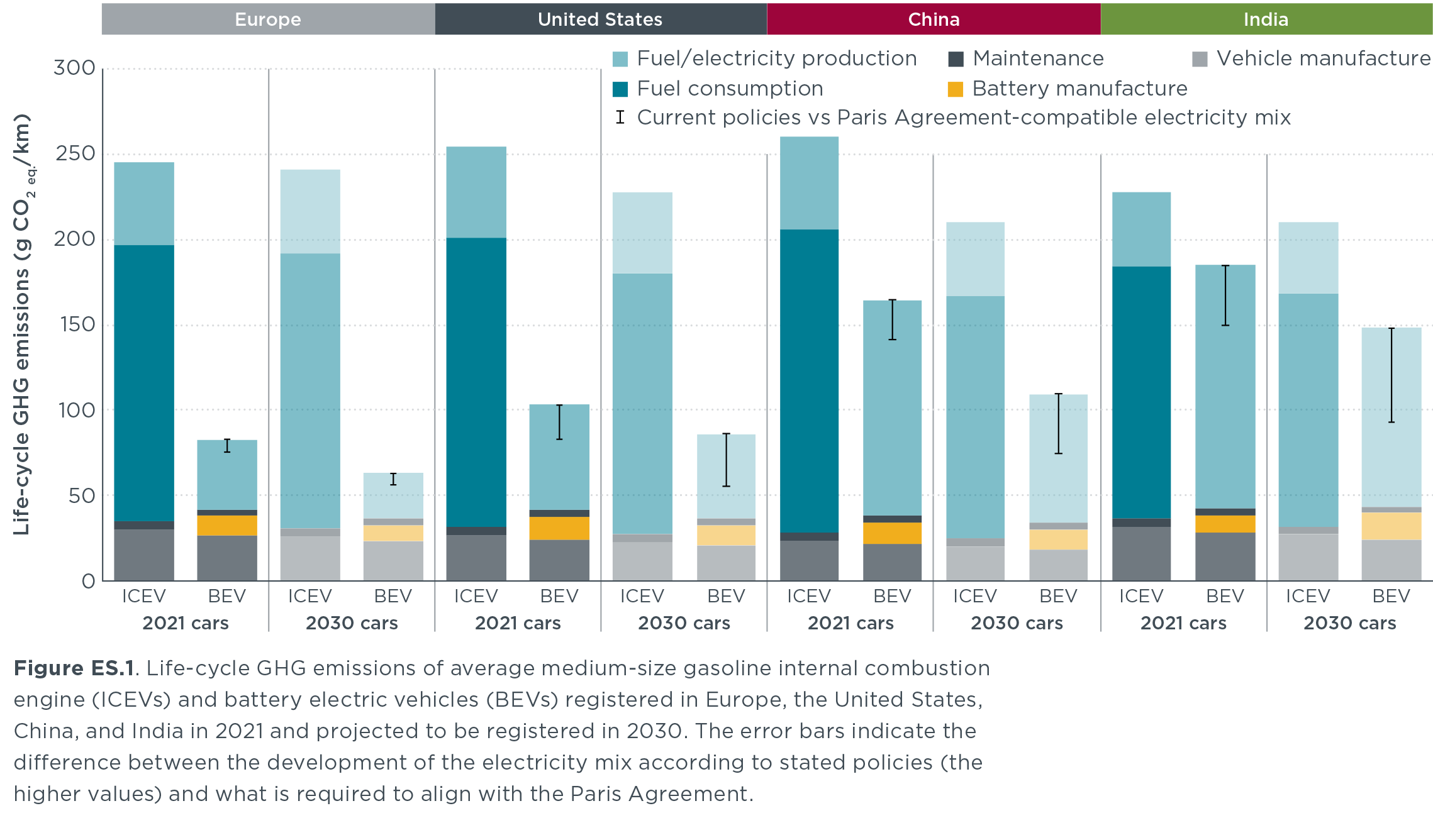



A Global Comparison Of The Life Cycle Greenhouse Gas Emissions Of Combustion Engine And Electric Passenger Cars International Council On Clean Transportation
US Greenhouse Gas Emissions by Gas, 1990–19 This figure shows emissions of carbon dioxide, methane, nitrous oxide, and several fluorinated gases in the United States from 1990 to 19 For consistency, emissions are expressed in million metric tons of carbon dioxide equivalents * HFCs are hydrofluorocarbons, PFCs are perfluorocarbons, SF6 is sulfurAnd necessary pathways which are compatible with limiting warming to 15°C or 2°C of warming this century 14Learn more about US greenhouse gas emissions here As global carbon emissions have increased, so have global temperatures The following charts show how both emissions and temperatures have gone up since 1900, and the projections for how they could continue to change in the future If we continue on our current path, and emit more and more
One chart that shows just how skewed global emissions are China, the US and the EU produce 14 times more than the bottom 100 countries Global warming is the ultimate international problem It doesn't matter where you live, climate change is the most serious threat the planet faces today When it comes to the sources of the greenhouse gases Carbon dioxide accounted for the largest percentage of greenhouse gases (80%), followed by methane (10%), nitrous oxide (7%), and other greenhouse gases (3%) Total US emissions for 19 totaled 6,558 million metric tons of CO2e and net emissions, taking sinks into account, totaled 5,769 million metric tons CO2eGreenhouse Gas Emissions Data The Oregon Global Warming Commission submits a report to the Oregon Legislature every two years, publishing data on current greenhouse gas emissions, trends, and steps we need to take to reduce emissions The data below is taken from the 18 Oregon Global Warming Commission report
If current policies continued;Industryrelated greenhouse gas (GHG) emissions have continued to increase and are higher than GHG emissions from other enduse sectors ( high confidence) Despite the declining share of industry in global gross domestic product (GDP), global industry and waste/waste water GHG emissions grew from 104 GtCO 2 eq in 1990 to 130 GtCO 2 eq Global Greenhouse Gas Emissions by Gas, 1990–15 This figure shows worldwide emissions of carbon dioxide, methane, nitrous oxide, and several fluorinated gases from 1990 to 15 For consistency, emissions are expressed in million metric tons of carbon dioxide equivalents These totals include emissions and sinks due to landuse change and forestry
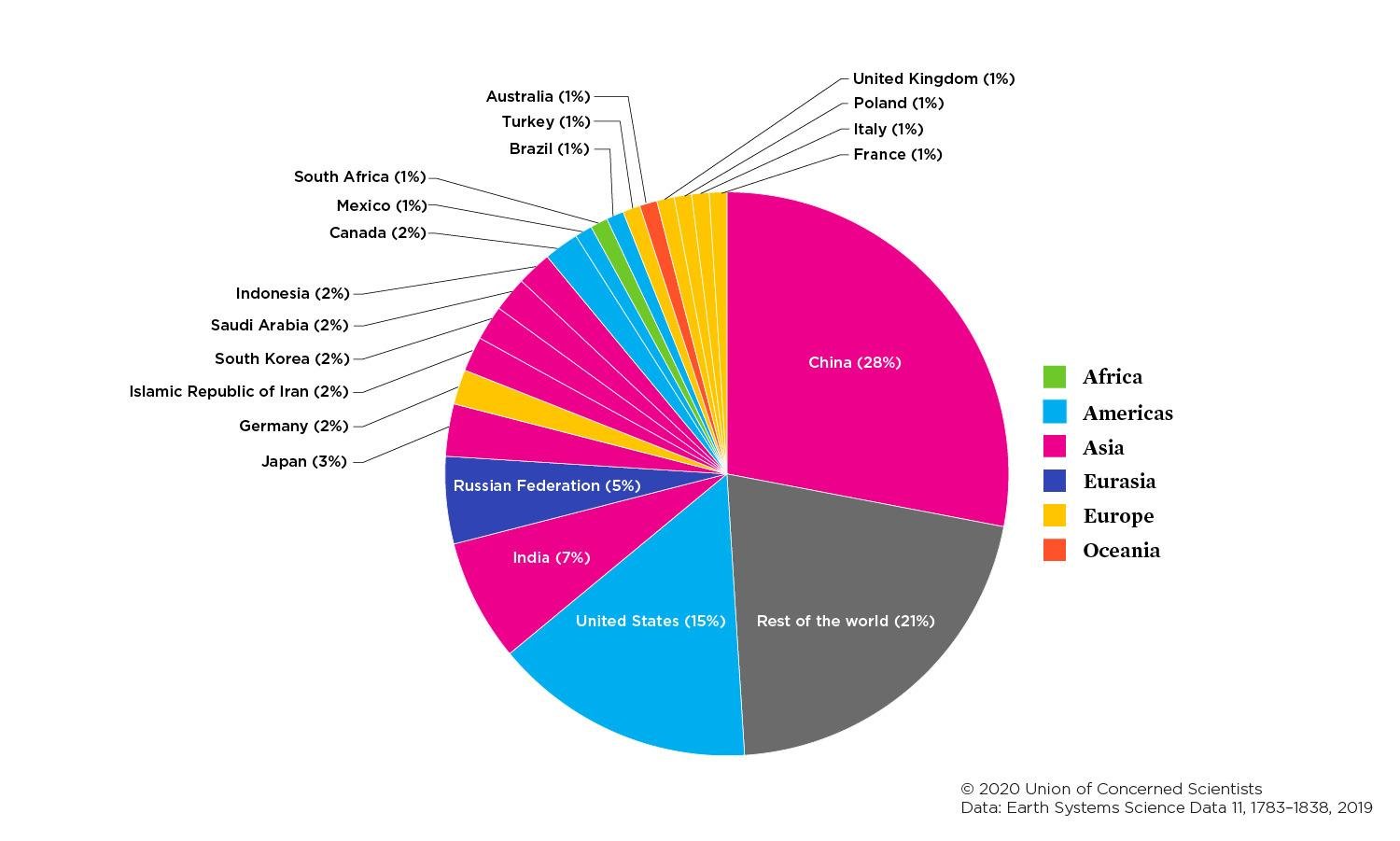



Each Country S Share Of Co2 Emissions Union Of Concerned Scientists
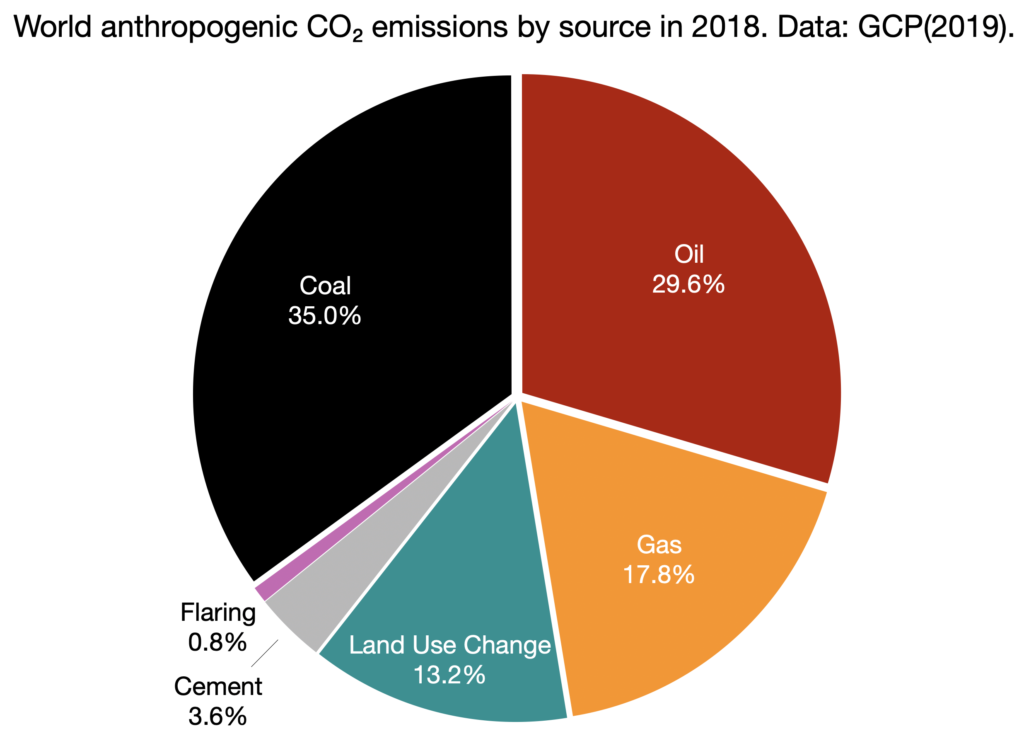



Greenhouse Gas Emissions World Energy Data
The AGGI in was 147, which means that we've turned up the warming influence from greenhouse gases by 47% since 1990; The greenhouse gases with the largest contribution to rising temperature are carbon dioxide (CO 2), methane (CH 4), and nitrous oxide (N 2 O) In estimating total emissions, global warming potentials (GWPs) are used to calculate carbondioxide equivalents for methane and nitrous oxide to sum emissions impacts over different gases10 rows Global emissions in 16 (minus crossboundary emissions), as the sum of those in the chart,
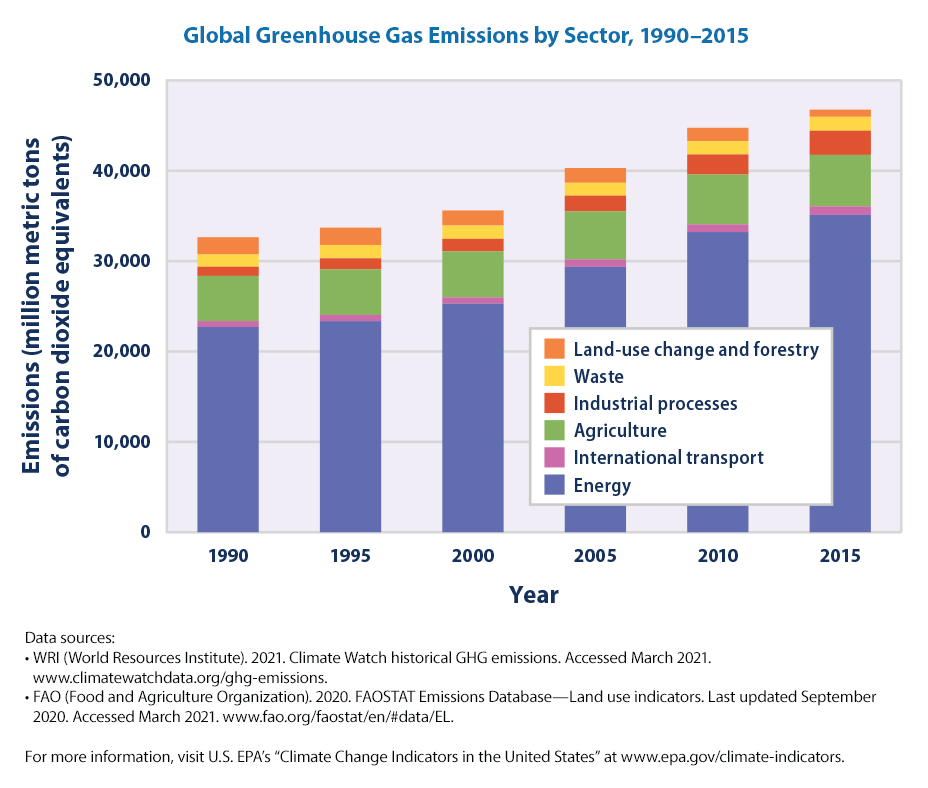



Climate Change Indicators Global Greenhouse Gas Emissions Us Epa




Reducing Greenhouse Gases Washington State Department Of Ecology
New Zealand greenhouse gas (GHG) emissions have been relatively unchanged since 05 In 18 New Zealand's gross greenhouse gas emissions were 7 million tonnes of CO 2e, 240 percent higher than 1990 and 10 percent lower than 17 In 18In 19, total greenhouse gas emissions, including landuse change, reached a new high of 591 gigatonnes of carbon dioxide equivalent (GtCO 2 e) This means that atmospheric concentrations of carbon dioxide continue to grow, as shown in the graph below (expressed in parts per million)As air moves around the world, greenhouse gases become globally mixed, which means the concentration of a greenhouse gas like carbon dioxide is roughly the same no matter where you measure it Even though some countries produce more greenhouse gases than others, emissions from every country contribute to the problem




Climate Accountability Institute
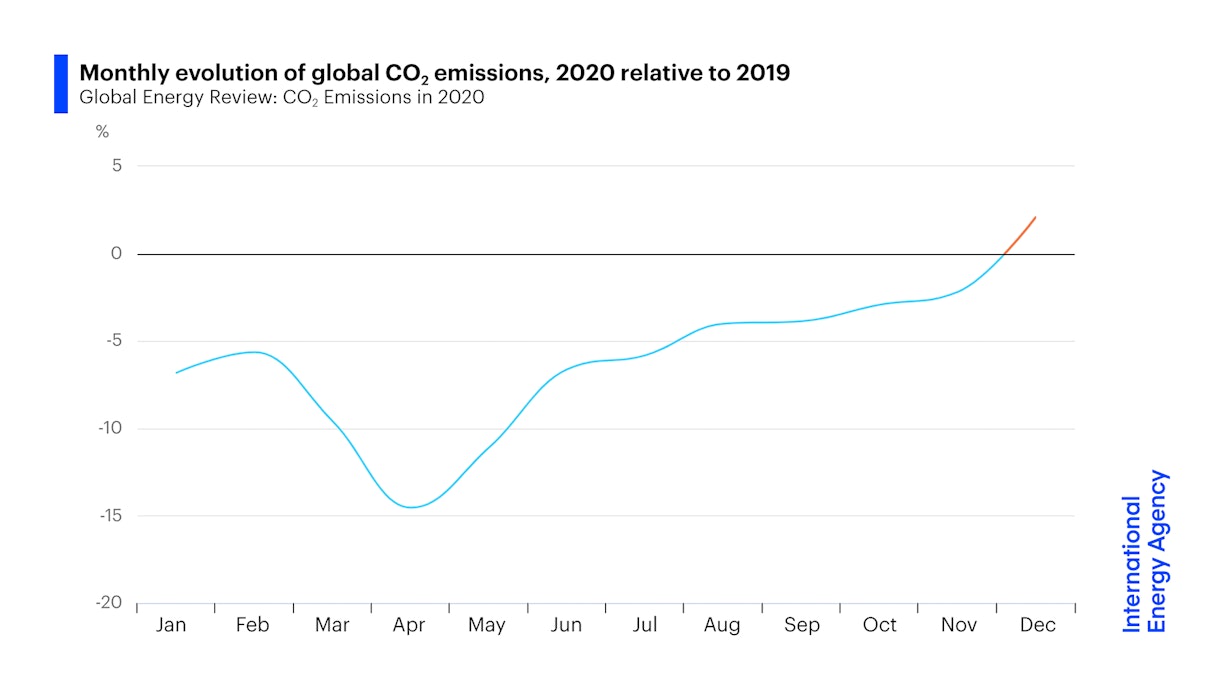



After Steep Drop In Early Global Carbon Dioxide Emissions Have Rebounded Strongly News Iea
The graphs show monthly mean carbon dioxide globally averaged over marine surface sites The Global Monitoring Division of NOAA/Earth System Research Laboratory has measured carbon dioxide and other greenhouse gases for several decades at a globally distributed network of air sampling sites Conway, 1994The last four complete years plus the current yearThe Global greenhouse gas emissions indicator reports global human emissions of greenhouse gases (GHGs) for 05 and 18 Emissions from energy and nonenergy related sources are included in this indicator, while emissions from land use, land use change and forestry are excluded The emissions of GHGs include carbon dioxide, methane, nitrousThe first interactive chart shows per capita greenhouse gas emissions This is measured as the sum of all greenhouse gases, and given by a metric called 'carbon dioxide equivalents' 'Carbon dioxide equivalents' try to correct for the fact that one unit (eg a tonne) of a given gas doesn't have the same same impact on warming as another
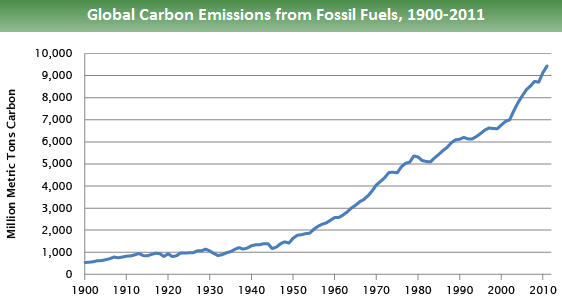



Global Greenhouse Gas Emissions Data Greenhouse Gas Ghg Emissions Us Epa




China S Greenhouse Gas Emissions Exceeded The Developed World For The First Time In 19 Rhodium Group
It took ~240 years for the AGGI to go from 0 to 1, ie, to reach 100%, and 30 years for it to increase by another 47% In terms of CO 2 equivalents, the atmosphere in contained 504 ppm, of which 412 is CO 2 alone The rest comes from otherIf all countries achieved their current future pledges for emissions reductions;Food production is responsible for 26% of global greenhouse gas emissions;
/cdn.vox-cdn.com/uploads/chorus_asset/file/16185122/gw_graphic_pie_chart_co2_emissions_by_country_2015.png)



Climate Change Animation Shows Us Leading The World In Carbon Emissions Vox




Greenhouse Gas Emissions Plunged 17 Percent During Pandemic The Washington Post
This chart maps out future greenhouse gas emissions scenarios under a range of assumptions if no climate policies were implemented;Industry (21% of 10 global greenhouse gas emissions) Greenhouse gas emissions from industry primarily involve fossil fuels burned on site at facilitiesGlobal methane budget Emissions of methane, a greenhouse gas more potent than carbon dioxide, are rising at an accelerating rate The Global Carbon Project's global methane budget details the sources and sinks of this important greenhouse gas CSIRO works with many international partners to develop the budget every second year
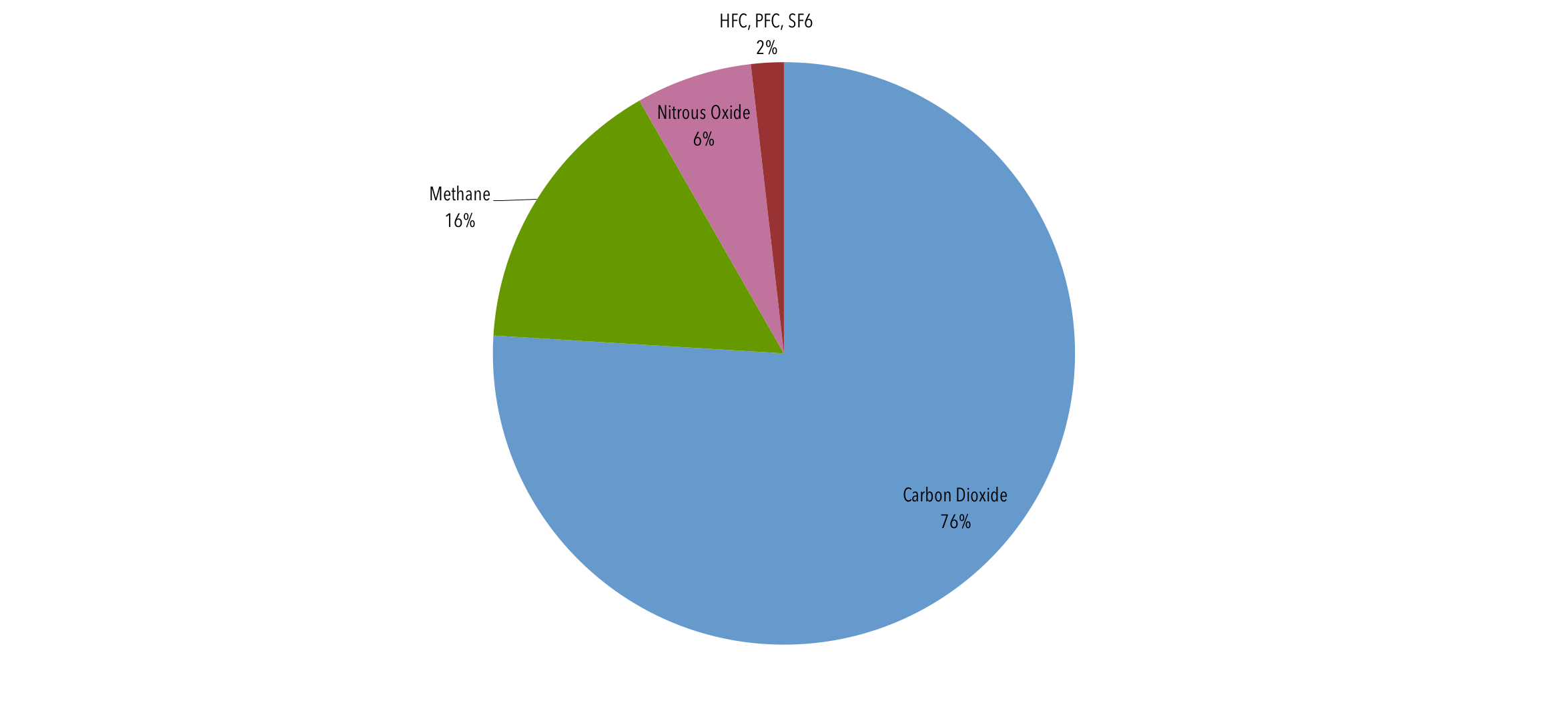



Global Emissions Center For Climate And Energy Solutions
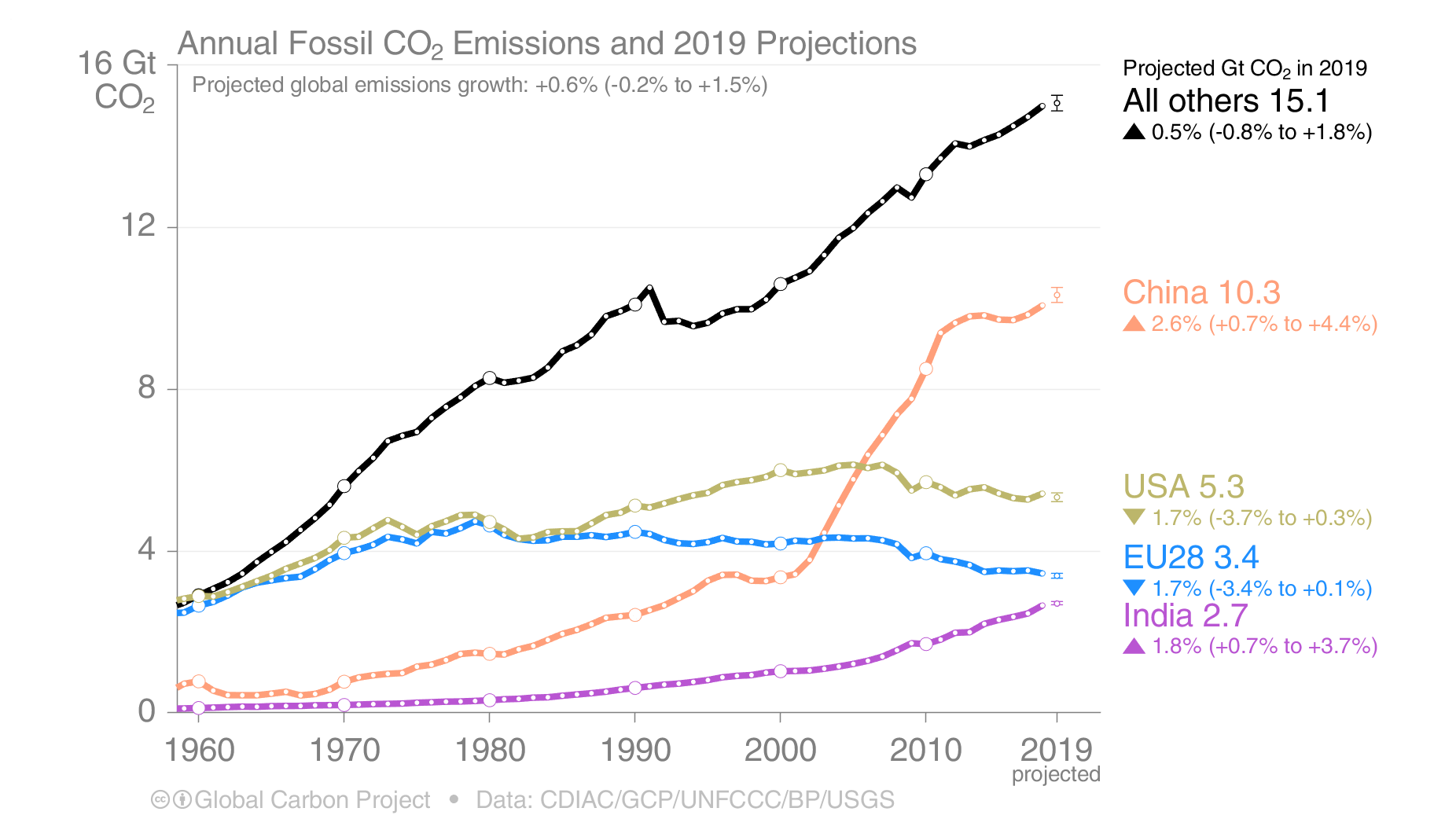



Here S How Much Global Carbon Emission Increased This Year Ars Technica
The United States produced 66 billion metric tons of carbon dioxide equivalent greenhouse gas (GHG) emissions in 19, the second largest in the world after greenhouse gas emissions by China and among the countries with the highest greenhouse gas emissions per personIn 19 China is estimated to have emitted 27% of world GhG, followed by the United States with 11%, In its Global Energy Review, published on Tuesday, the IEA found that global carbon emissions from energy use, which accounts for the great majority of greenhouse gas emissions, were on course to CO 2 emissions (total) 1 Saudi Arabia 1848T 2 Kazakhstan 1760T 3 Australia 1692T 4 United States 1656T 5 Canada 1532T 6 South Korea 12T 7 Russian Federation 1174T 8 Japan 913T 9 Germany 912T 10 Poland 908T 11 Islamic Republic of Iran 8T 12 South Africa 812T 13 China 705T 14 United Kingdom 562T 15 Italy 556T 16 Turkey




Global Greenhouse Gas Emissions By Economic Sector 10 Download Scientific Diagram
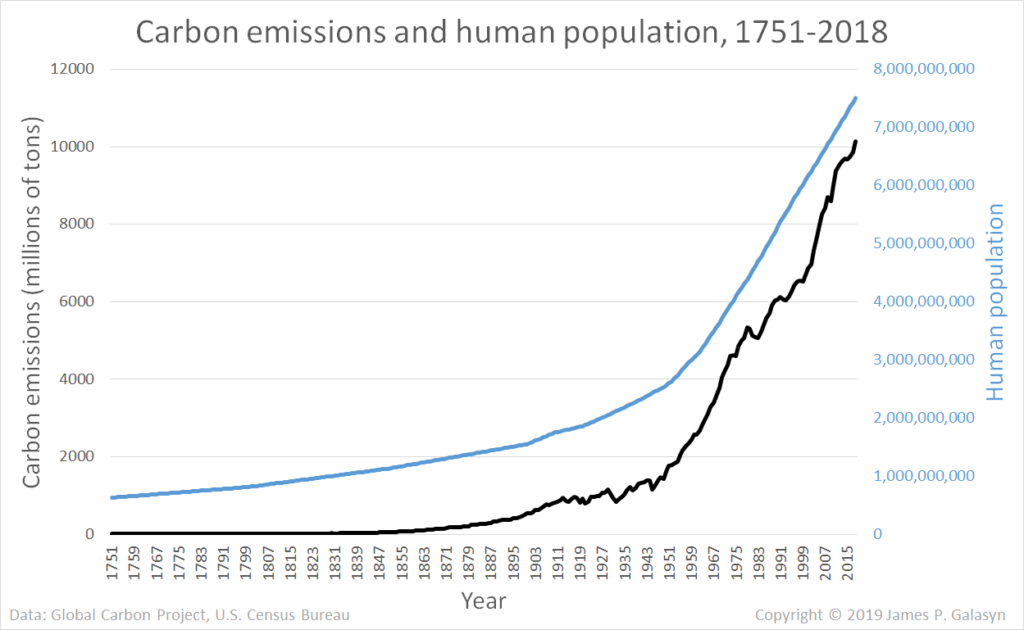



Graph Of The Day Carbon Emissions And Human Population 1751 18 Desdemona Despair
This graph displays the breakdown of greenhouse gas (GHG) emissions by economic sector GHG emissions from the transportation sector increased 233% from 1990 to 18 This growth contrasts with the electricity sector, which was the highestemitting sector until transportation surpassed it in 17 The Global Monitoring Laboratory conducts research on greenhouse gas and carbon cycle feedbacks, changes in clouds, aerosols, and surface radiation, and recovery of stratospheric ozone Carbon dioxide (CO 2) is an important heattrapping (greenhouse) gas, which is released through human activities such as deforestation and burning fossil fuels, as well as natural processes such as respiration and volcanic eruptions The first graph shows atmospheric CO 2 levels measured at Mauna Loa Observatory, Hawaii, in recent years, with average seasonal cycle




Ghg Pollution Reduction Roadmap Colorado Energy Office




The European Union S 50 Global Greenhouse Gas Emissions Goal Is Unrealistic Global Energy Institute
Greenhouse gas emissions in the United States dropped by an estimated 103% over the course of compared to the previous year, according to an analysis by the research firm Rhodium Group The decline was driven by COVID19related economic disruptions Emissions from various sectors including transportation, energy generation, industry 19 UK greenhouse gas emissions final figures xlsx and ods data tables updated New annex added final emissions by end user and fuel type 2 February 21 16 October 21 Total greenhouse gas emissions determine which countries matter at global summits like COP26, ie China and India from EM But per capita and per $ of GDP metrics and their change over the past decade or two matter more for ESG investors Big EM polluters are hydrocarbon producers and advanced economies



Chart Ipcc Pull The Emergency Brake On Global Co2 Emissions Statista




Interactive What Is The Climate Impact Of Eating Meat And Dairy Carbon Brief
CO2 accounts for about 76 percent of total greenhouse gas emissions Methane, primarily from agriculture, contributes 16 percent of greenhouse gas emissions and nitrous oxide, mostly from industry and agriculture, contributes 6 percent to global emissions All figures here are expressed in CO2equivalents Graph by NOAA Climategov based on data from NOAA ESRL According to the 19 AGGI report, the combined heating influence of the longlived, humanproduced greenhouse gases is 314 Watts for every square meter of Earth's surface Just over 80 percent of that is due to carbon dioxide (66%) and methane (16%) The graphic paints a picture of how that looks for each country China's emissions for energy alone make up nearly percent of total global discharge of greenhouse gases In order avoid the




Windsor S Greenhouse Gas Emissions



Global Greenhouse Gas Emissions Plotted In Bar Mekko Sample Charts
You are About to View Greenhouse Gas (GHG) Emissions Data from Large Facilities Important Information about this Data Set This data set does not reflect total US GHG emissions The data was reported to EPA by facilities as of EPA continues to quality assure data and plans to release updated data periodicallyAnalyze and visualize latest available international greenhouse gas emissions data Climate Watch lets you explore global emissions by sector, gases, countries, or regionsRussia (see Greenhouse gas emissions by Russia) 1,992 1630 2670 1381 Indonesia 1,704 506 Brazil 1,421 1050 524 Japan 1,155 1231 1310 1411 Iran 8 876 572 Germany 777 1 918 7 Canada (see Greenhouse gas emissions by Canada) 763 716 575 Mexico 695 718 528 Democratic Republic of the Congo 6 South Korea 673 732 634 Saudi Arabia 638



Ipcc Ch



Pbl Nl
And food waste is responsible for 24% of that figure Therefore food waste as a share of global emissions is 24% * 26 = 6% Latest data from the World Resource Institute's CAIT Climate Data Explorer reports that aviation accounts for 19% of global greenhouse gas emissions Food losses and waste With increased consumption, US natural gas CO2 emissions increased in total 356% (443 MMmt) from 07 to 19 From 18 to 19, natural gasrelated CO2 emissions increased by 33% (54 MMmt) Natural gasrelated CO2 emissions from the residential sector increased only slightly from 18 to 19, but the electric power sector saw an increaseGlobal greenhouse gas emissions are about 50 Gt per year (66t per person) and for 19 have been estimated at 57 Gt CO2 eq including 5 Gt due to land use change Carbon dioxide (CO 2), nitrous oxide (N 2 O), methane, three groups of fluorinated gases (sulfur hexafluoride (SF 6), hydrofluorocarbons (HFCs) and perfluorocarbons (PFCs)) are the major anthropogenic




How Each Country S Share Of Global Co2 Emissions Changes Over Time World Economic Forum
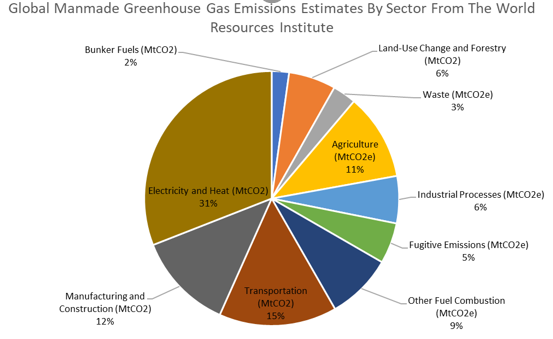



How Much Does Animal Agriculture And Eating Meat Contribute To Global Warming
The world saw 361 billion tonnes of CO2 emissions in 18 Consider China Despite worldleading investments in renewable energy, its greenhouse gas emissions are still on the rise Last year, the superpower was responsible for almost onethird of all the CO2 emitted Electricity and Heat Production (25% of 10 global greenhouse gas emissions) The burning of coal, natural gas, and oil for electricity and heat is the largest single source of global greenhouse gas emissions;




Greenhouse Gas Emissions Range Resources




Germany S Greenhouse Gas Emissions And Energy Transition Targets Clean Energy Wire
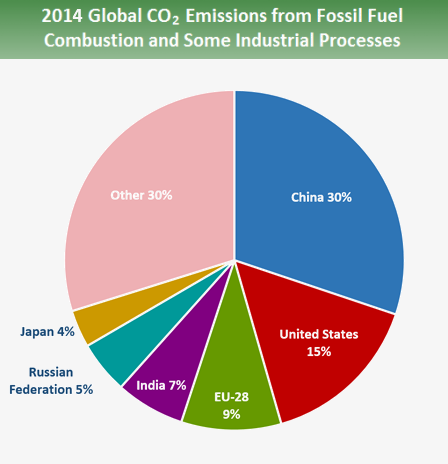



Global Greenhouse Gas Emissions Data Us Epa




Scale Distribution And Variations Of Global Greenhouse Gas Emissions Driven By U S Households Sciencedirect



Pbl Nl
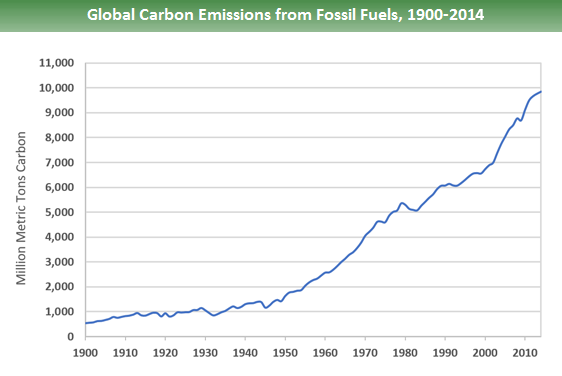



Global Greenhouse Gas Emissions Data Us Epa




1 Global Greenhouse Gas Emissions From All Sources Download Scientific Diagram
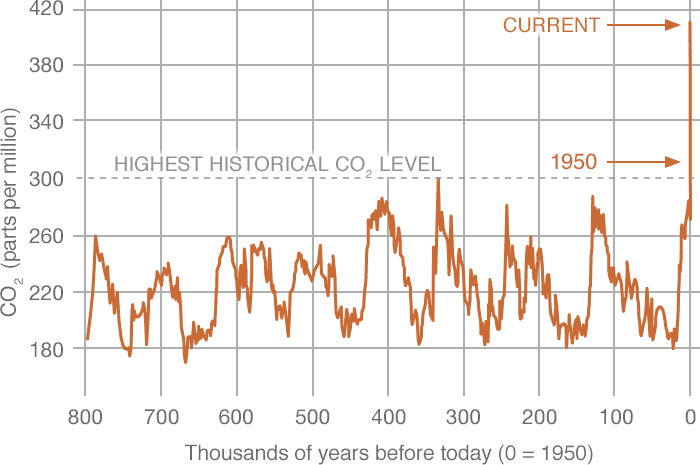



Carbon Dioxide Vital Signs Climate Change Vital Signs Of The Planet
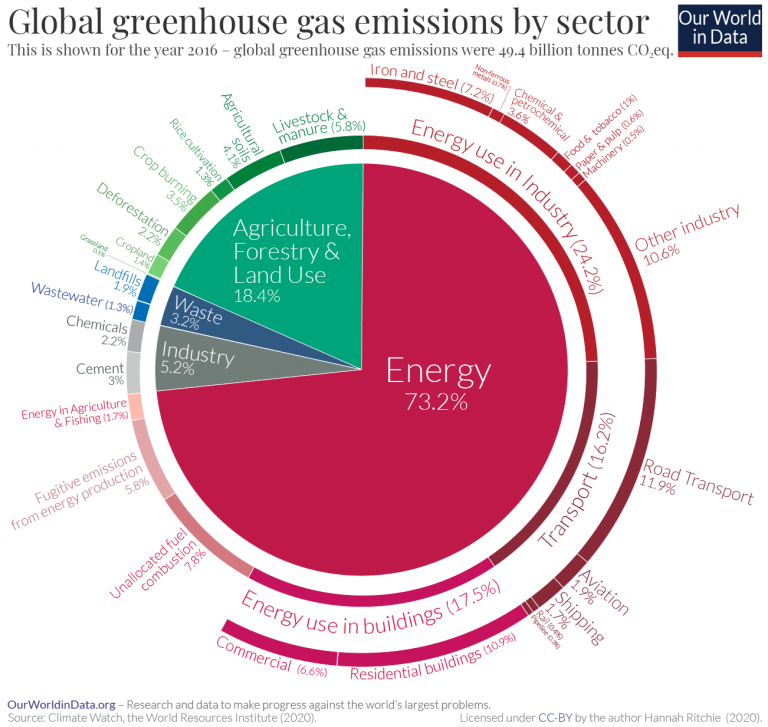



Sector By Sector Where Do Global Greenhouse Gas Emissions Come From Our World In Data
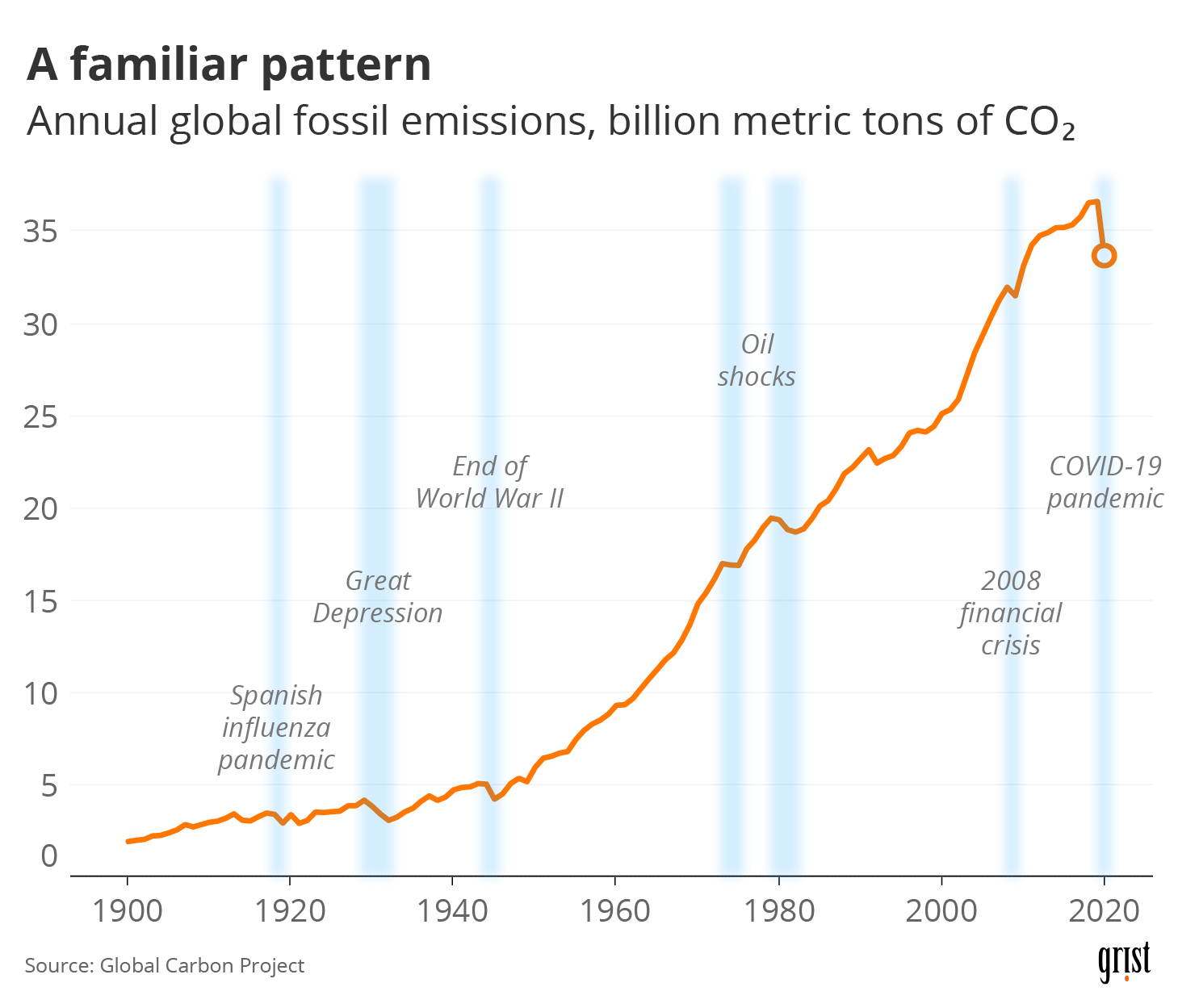



After A Century Of Growth Have Carbon Emissions Reached Their Peak Grist




Greenhouse Effect 101 Nrdc




A Global Comparison Of The Life Cycle Greenhouse Gas Emissions Of Combustion Engine And Electric Passenger Cars International Council On Clean Transportation




Carbon Footprint Factsheet Center For Sustainable Systems
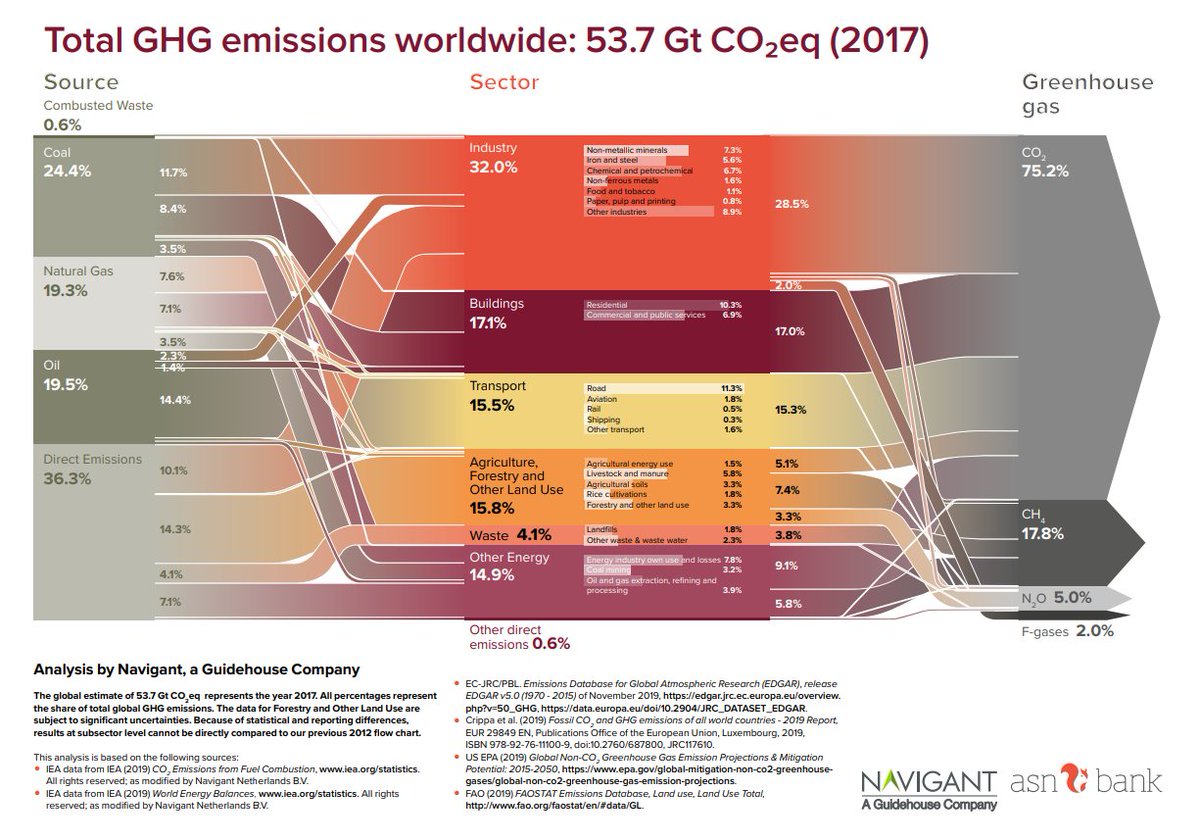



Guidehouse Energy Sustainability Infrastructure Coal Still Responsible For Quarter Of Global Greenhouse Gas Emissions Navigantenergy And Asnbank Publish Update Of World Ghg Emissions Flowchart Download T Co Vq58kwnmc4
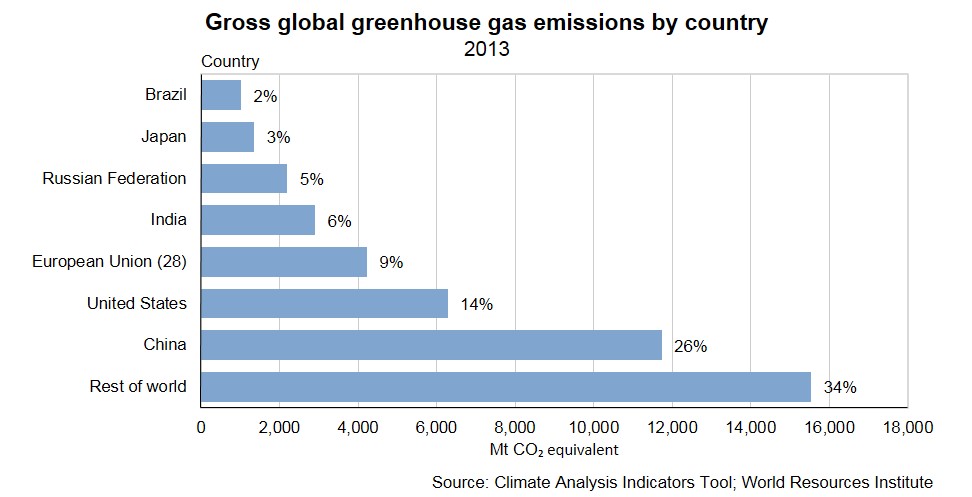



Global Greenhouse Gas Emissions Stats Nz
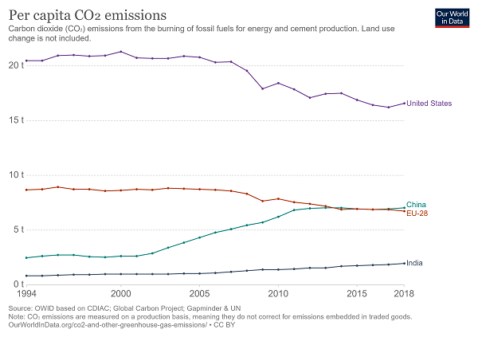



Where Are Us Emissions After Four Years Of President Trump




Germany S Greenhouse Gas Emissions And Energy Transition Targets Clean Energy Wire




Energy And Greenhouse Gas Emissions Ghgs
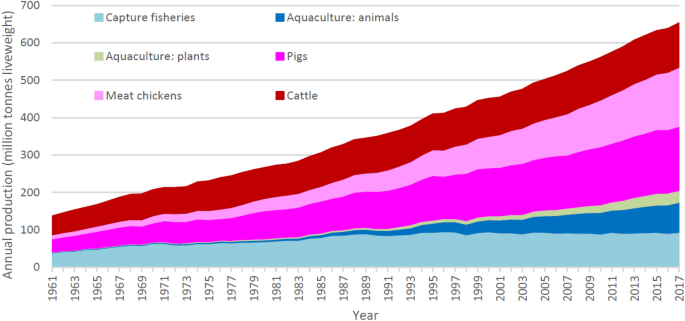



Quantifying Greenhouse Gas Emissions From Global Aquaculture Scientific Reports
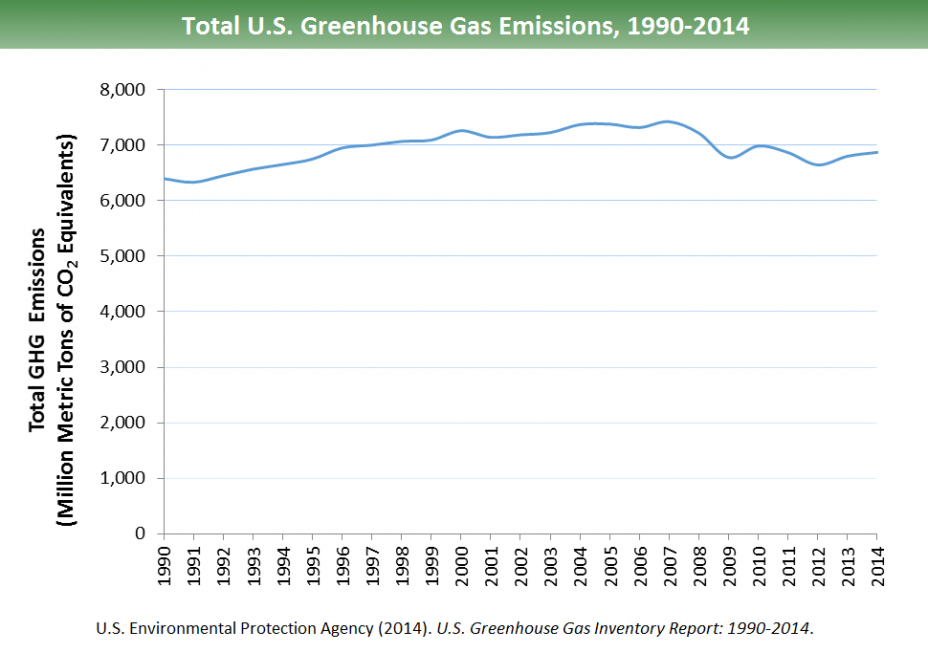



Sources Of Greenhouse Gas Emissions Greenhouse Gas Ghg Emissions Us Epa
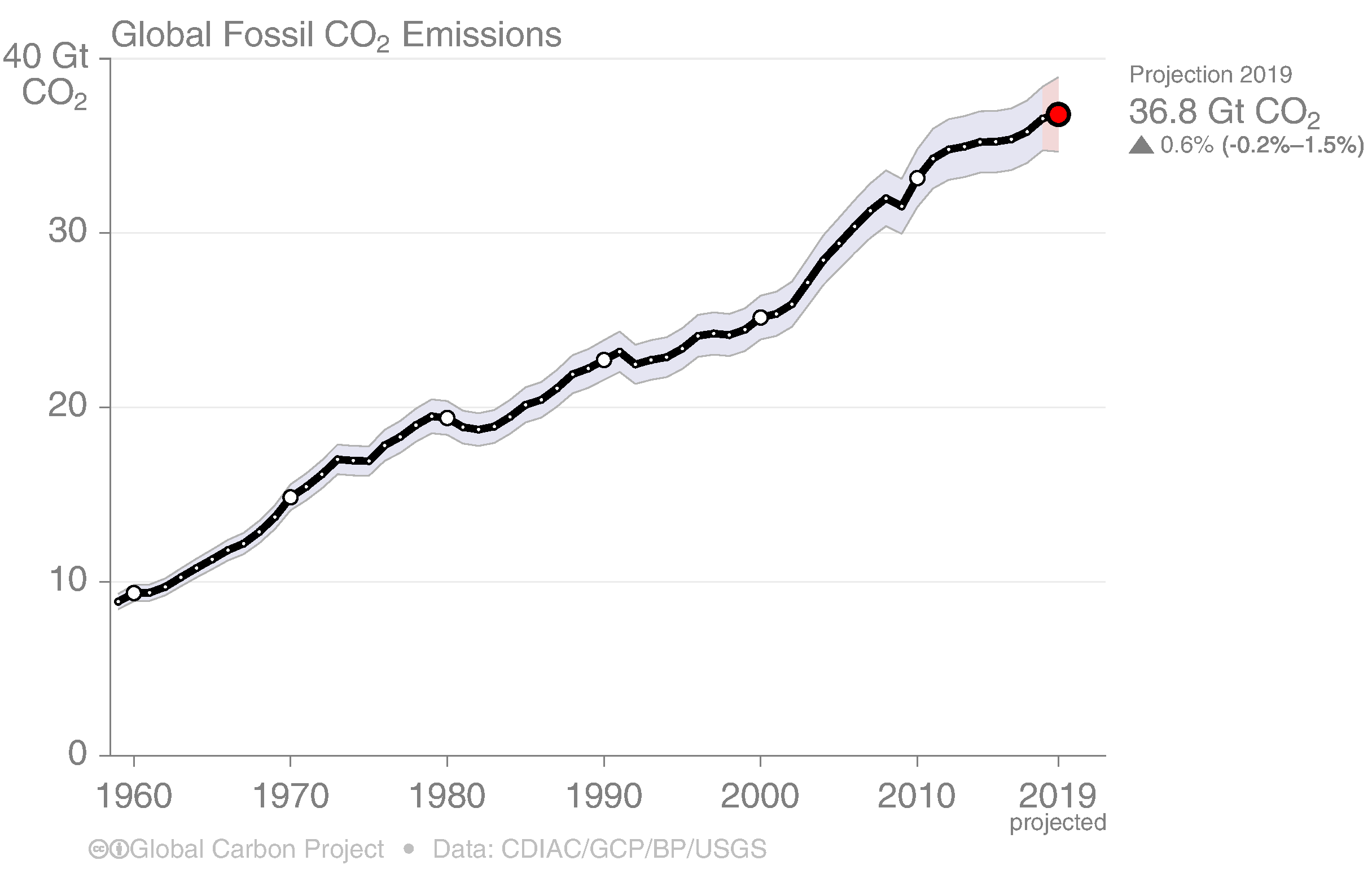



Global Carbon Budget 19 Icos



Greenhouse Gas Emissions By The United States Wikipedia




Co2 Emissions Our World In Data
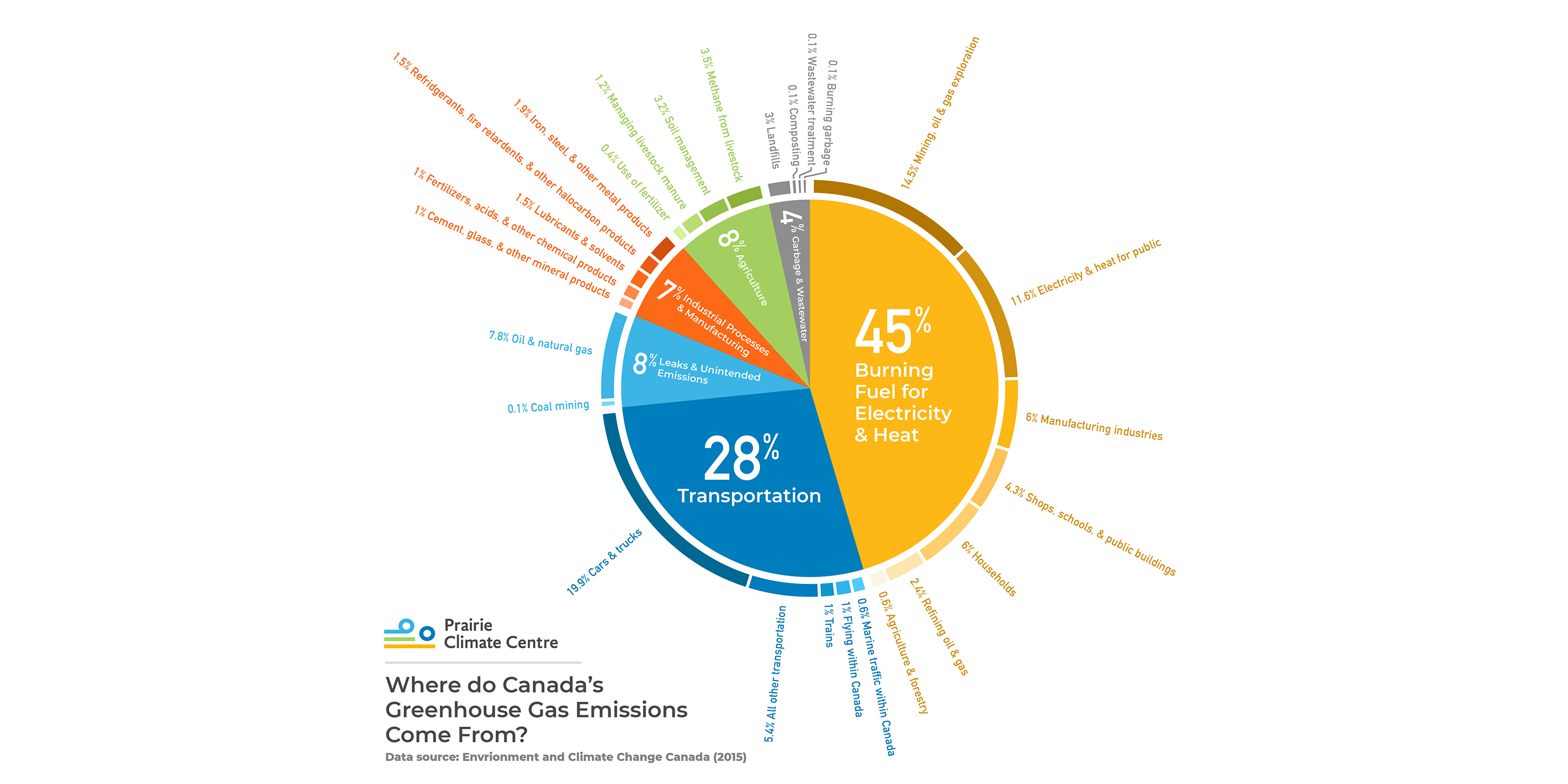



Where Do Canada S Greenhouse Gas Emissions Come From
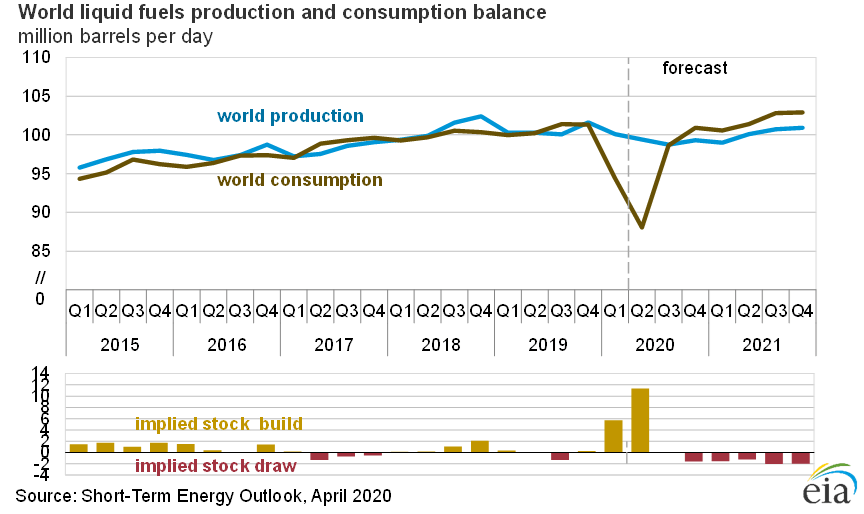



Forecast U S Greenhouse Gas Emissions To Fall 7 5 Percent In Mpr News




File Global Greenhouse Gas Emissions By Sector 1990 05 In Carbon Dioxide Equivalents Epa 10 Png Wikimedia Commons




Global Gas Emissions Climate Energy And Society College Of Liberal Arts Auburn University
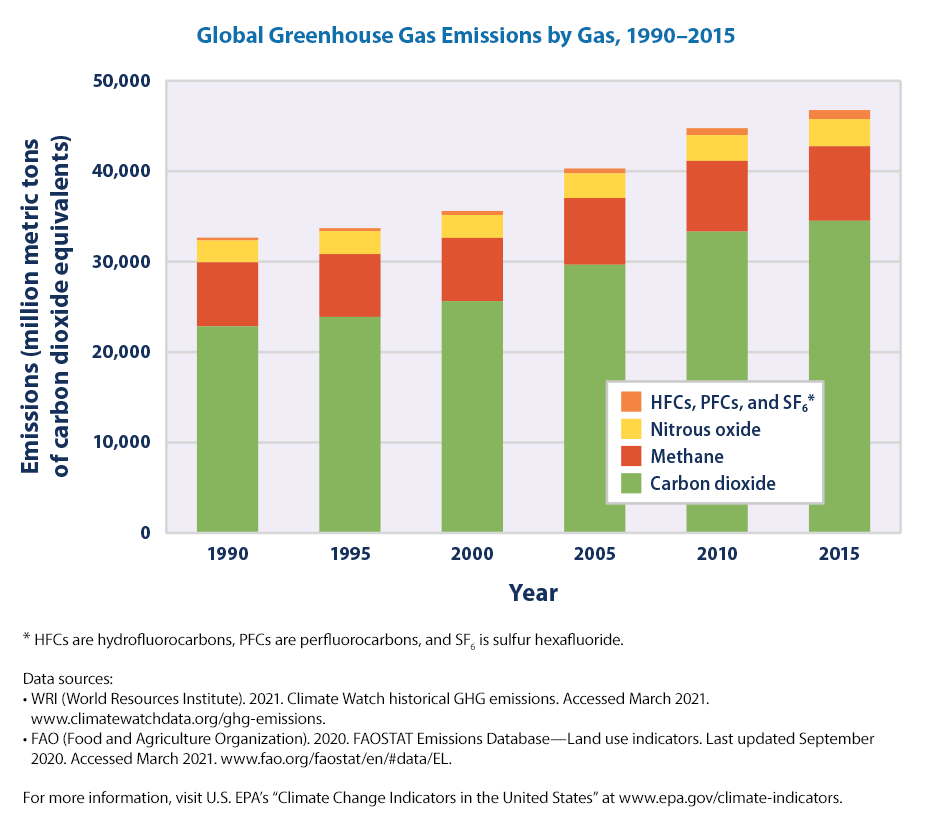



Climate Change Indicators Global Greenhouse Gas Emissions Us Epa
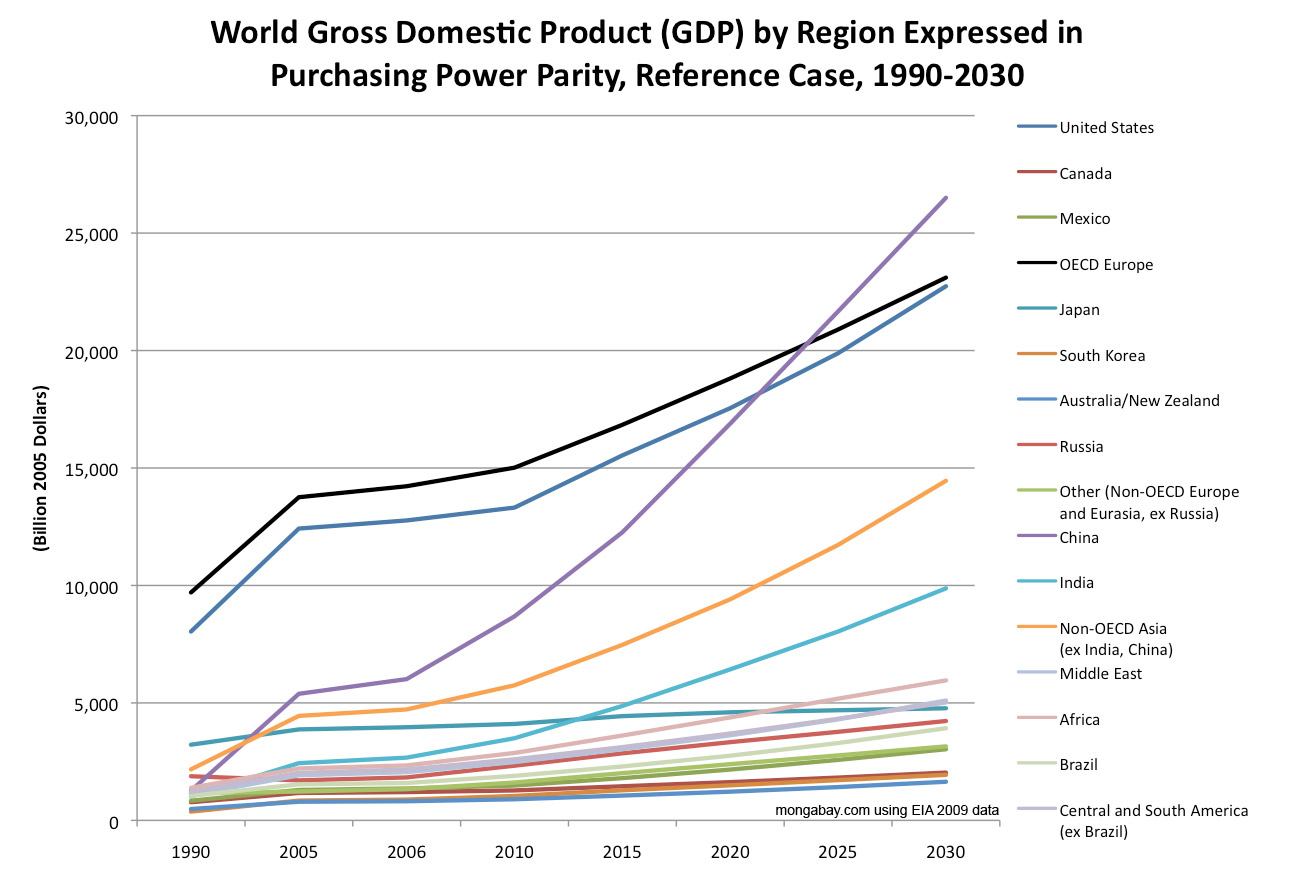



Carbon Dioxide Emissions Charts
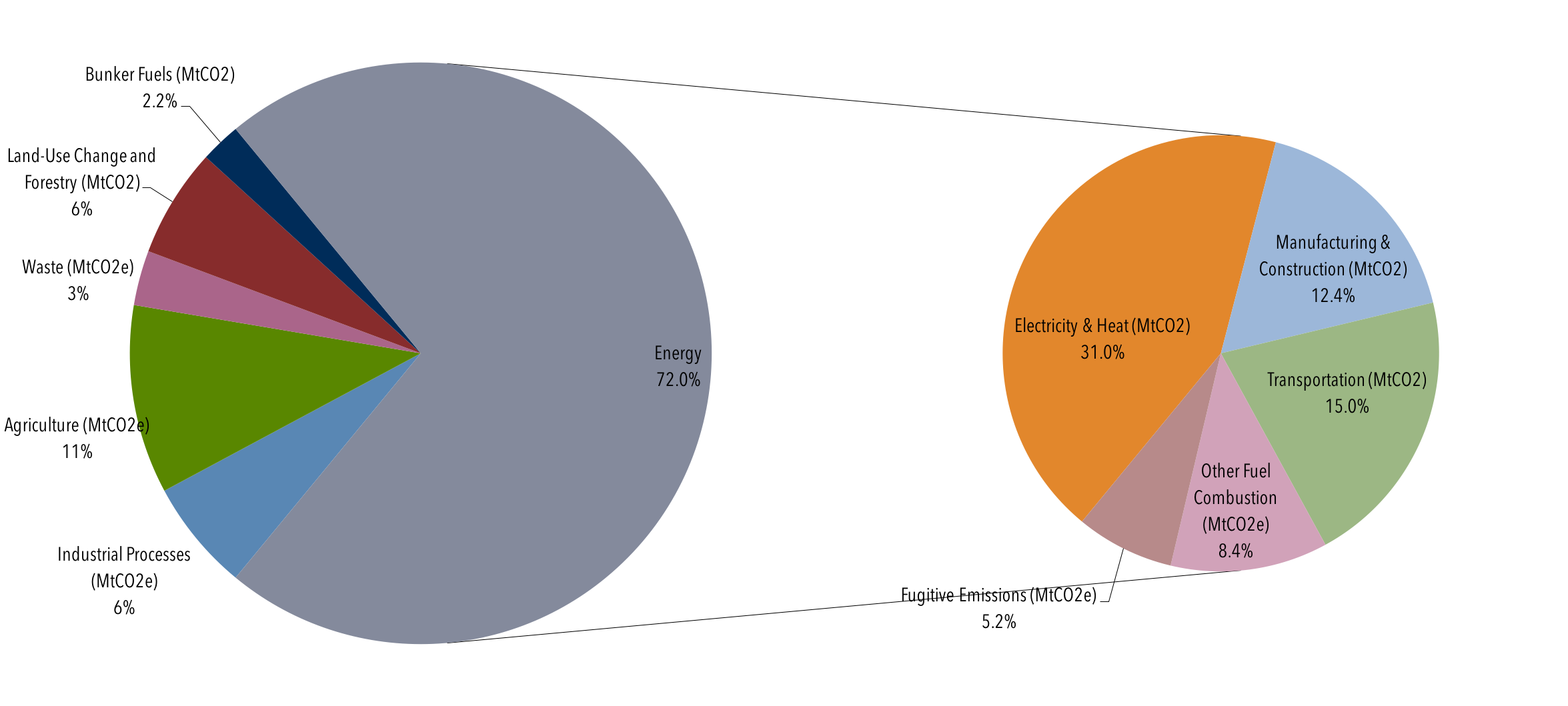



Global Emissions Center For Climate And Energy Solutions
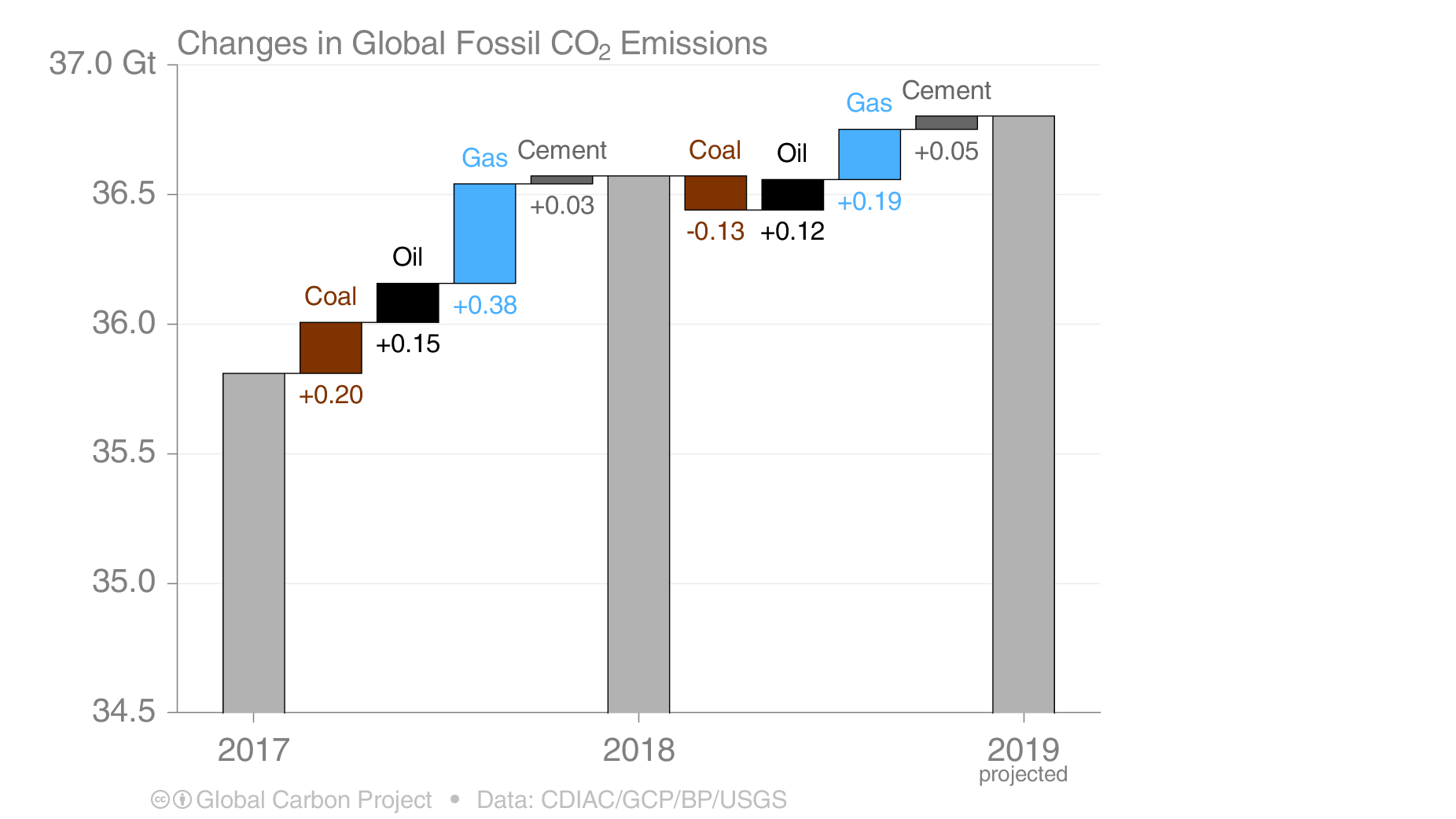



Here S How Much Global Carbon Emission Increased This Year Ars Technica




U S Emissions Dropped In 19 Here S Why In 6 Charts Inside Climate News



Earthcharts Greenhouse Gas Emissions By Sector



Chart China Leads Greenhouse Gas Emissions Worldwide Statista
:no_upscale()/cdn.vox-cdn.com/uploads/chorus_asset/file/9573357/unep_emissions_gap_global_co2.jpg)



There S A Huge Gap Between The Paris Climate Change Goals And Reality Vox




Global Emissions Center For Climate And Energy Solutions
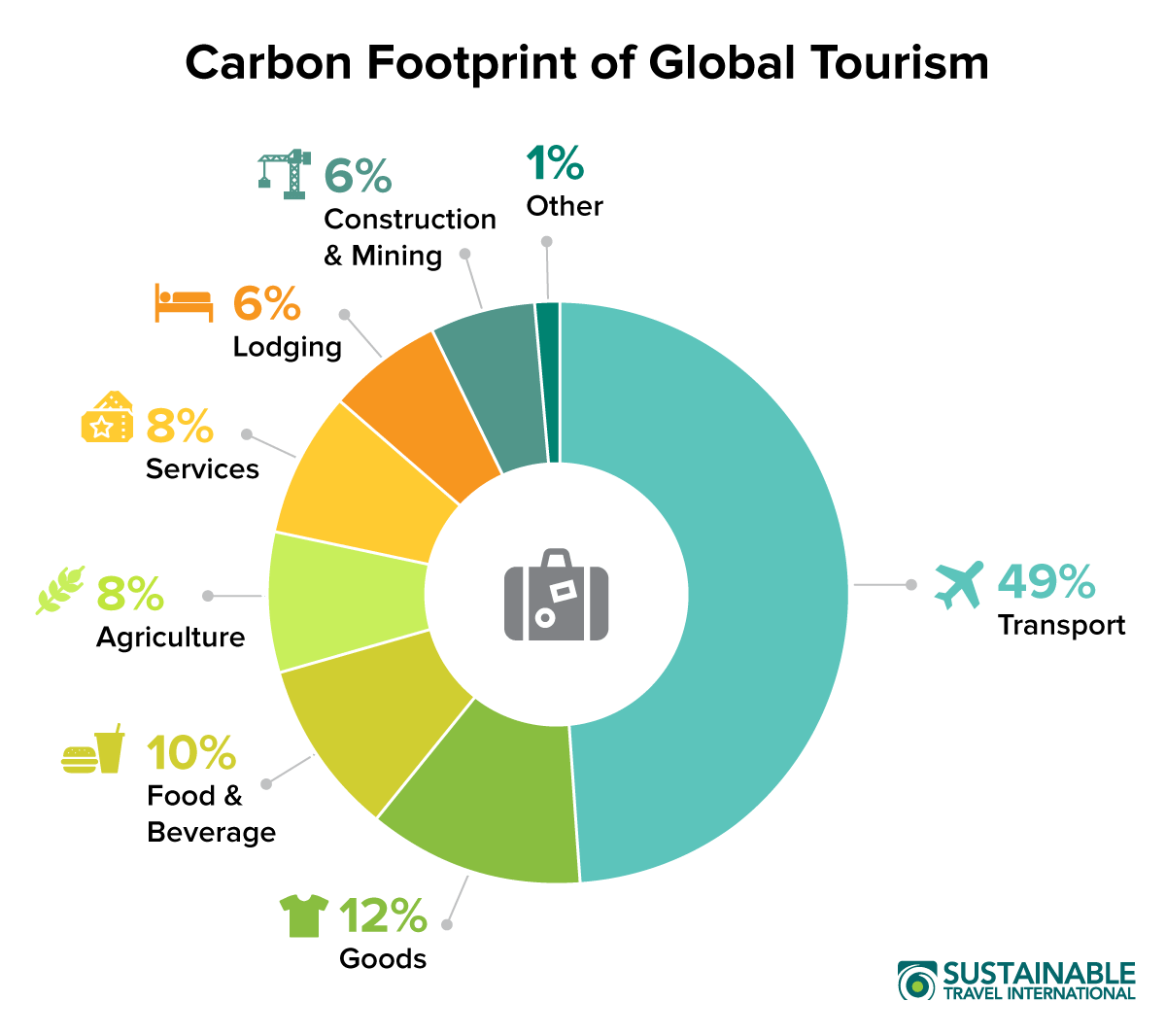



Carbon Footprint Of Tourism Sustainable Travel International
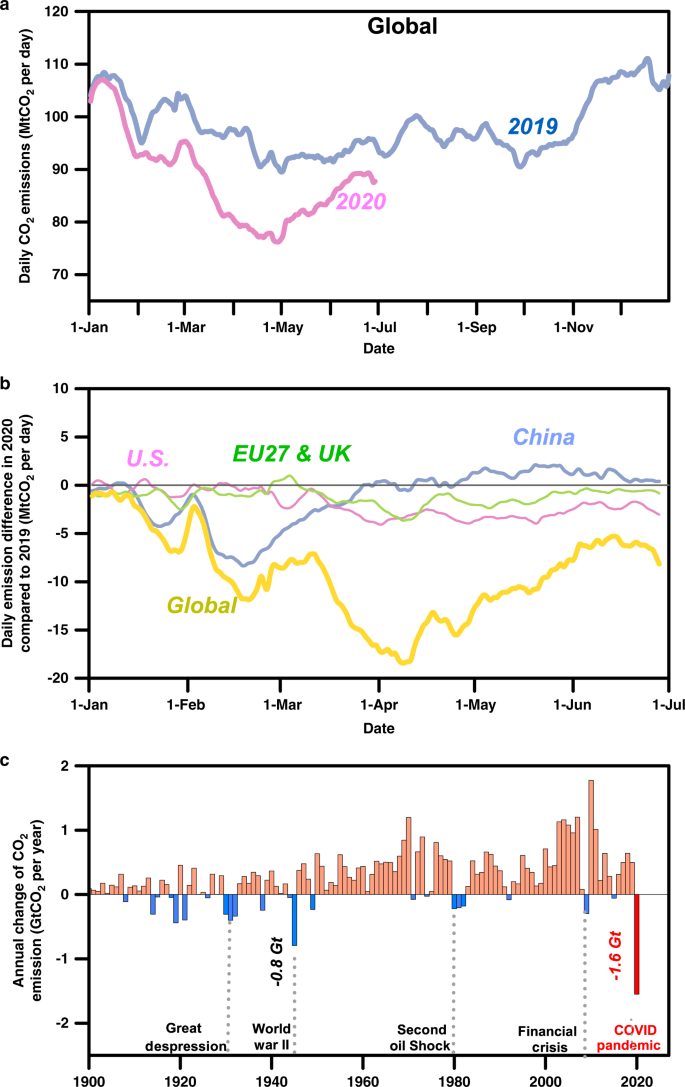



Near Real Time Monitoring Of Global Co2 Emissions Reveals The Effects Of The Covid 19 Pandemic Nature Communications
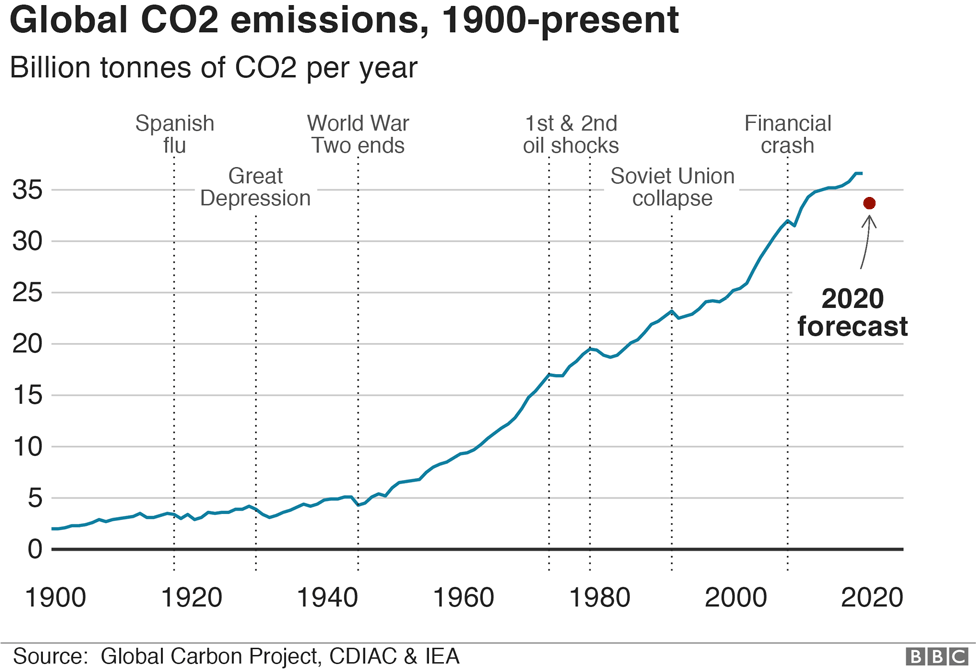



Climate Change And Coronavirus Five Charts About The Biggest Carbon Crash c News
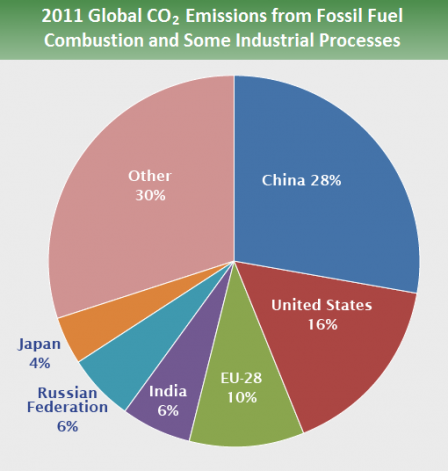



Greenhouse Gases Part Iii Global Emissions By Country Rideshark
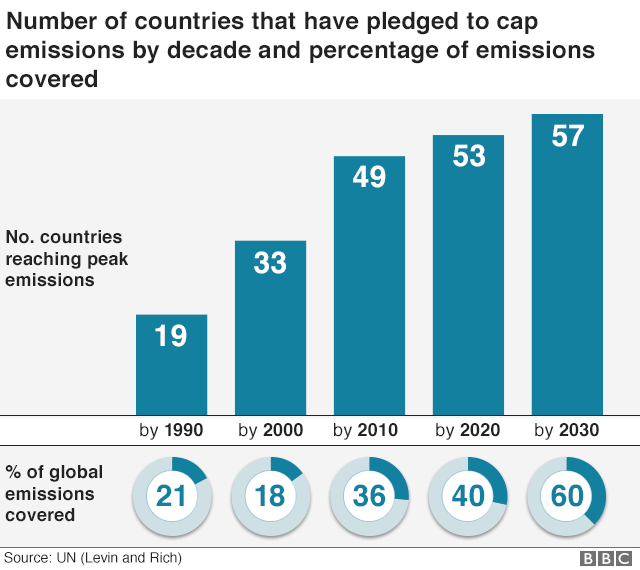



Climate Change Co2 Emissions Rising For First Time In Four Years c News



Chart The Carbon Age 150 Years Of Co2 Emissions Statista
.png)



Fact Sheet The Growth In Greenhouse Gas Emissions From Commercial Aviation 19 White Papers Eesi



Car Co2



1




How To Decarbonize America And The World Techcrunch Greenhouse Gases Greenhouse Gas Emissions Global Warming



Canada Ca
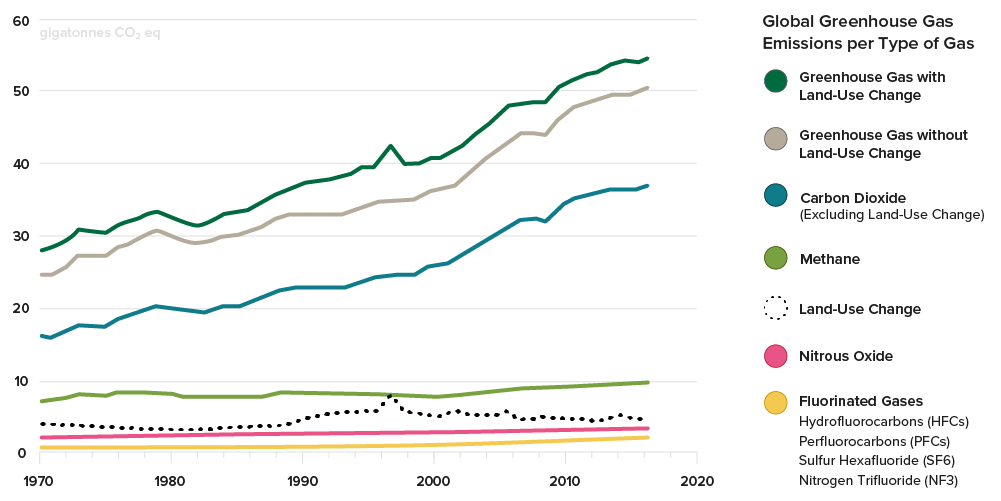



Carbon Emissions Forestry Carbon Credits The Arbor Day Foundation
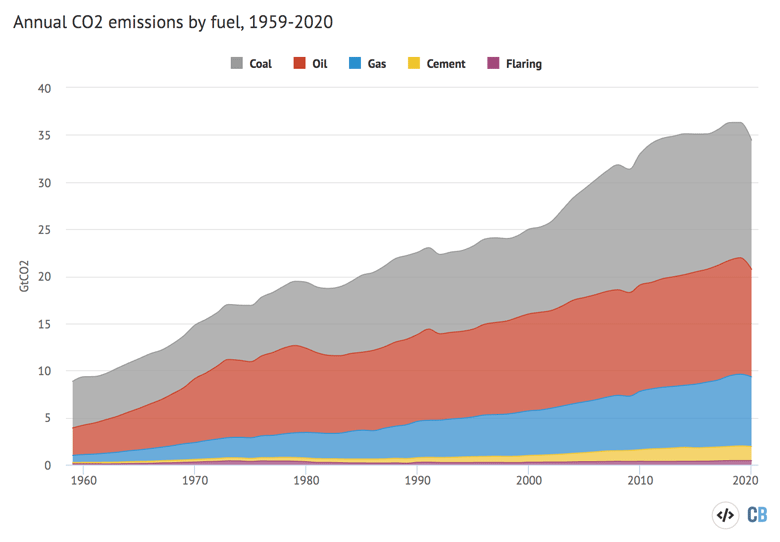



Global Carbon Project Coronavirus Causes Record Fall In Fossil Fuel Emissions In Carbon Brief
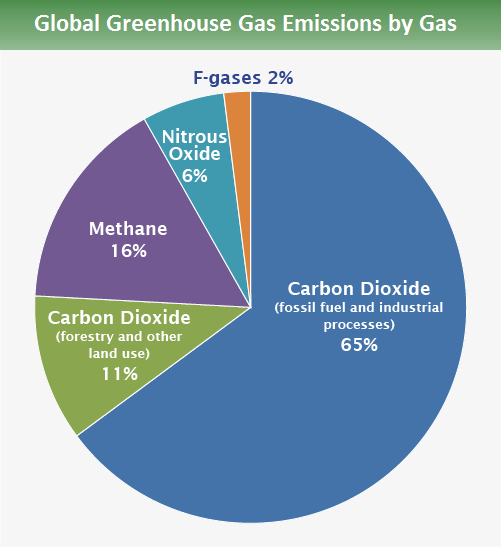



Global Greenhouse Gas Emissions Data Us Epa



Carbon Emissions Energy Economics Home
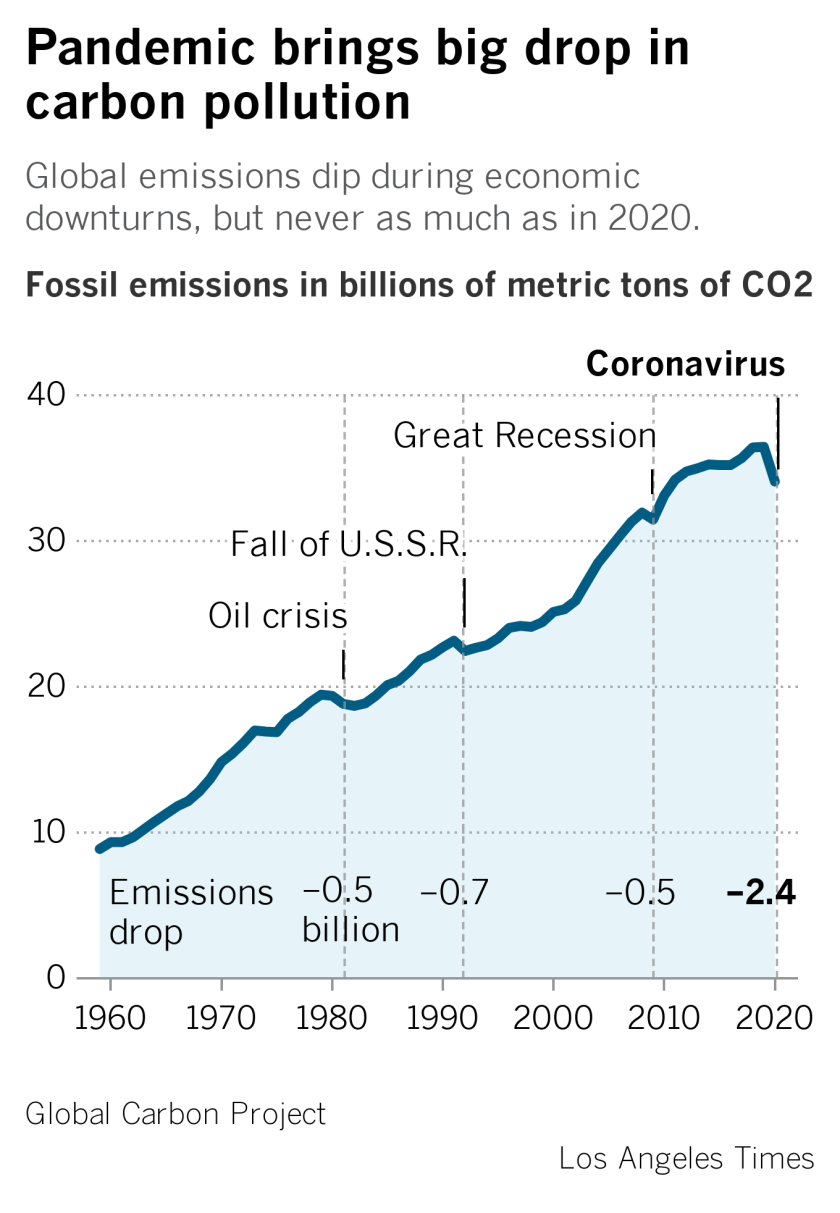



Global Carbon Emissions Dropped 7 Amid Covid 19 Los Angeles Times




Carbon Emissions And Population Over Time Infographic Population Education
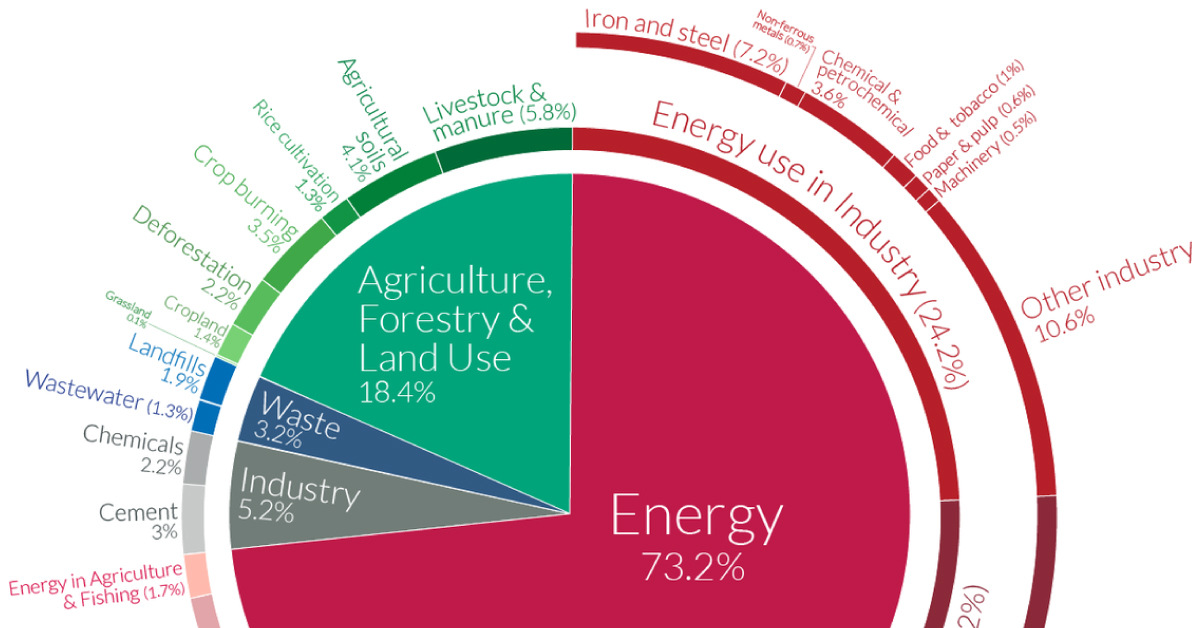



A Global Breakdown Of Greenhouse Gas Emissions By Sector



Emissions By Sector Our World In Data




Climate Change Emissions Edge Up Despite Drop In Coal c News




Greenhouse Gas Emissions Are Set To Rise Fast In 21 The Economist
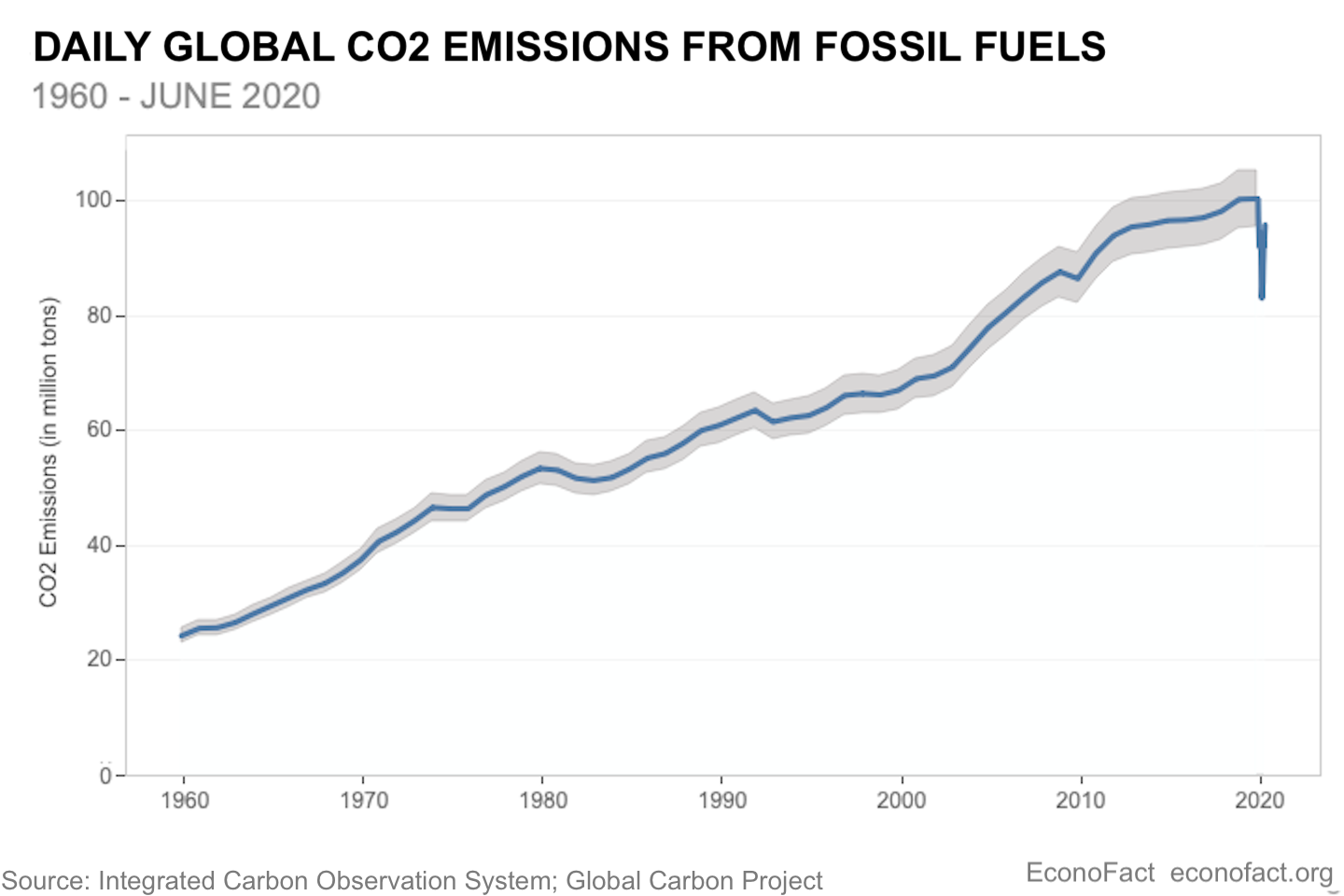



The Effect Of Covid 19 On Co2 Emissions Econofact



1



Co And Greenhouse Gas Emissions Our World In Data
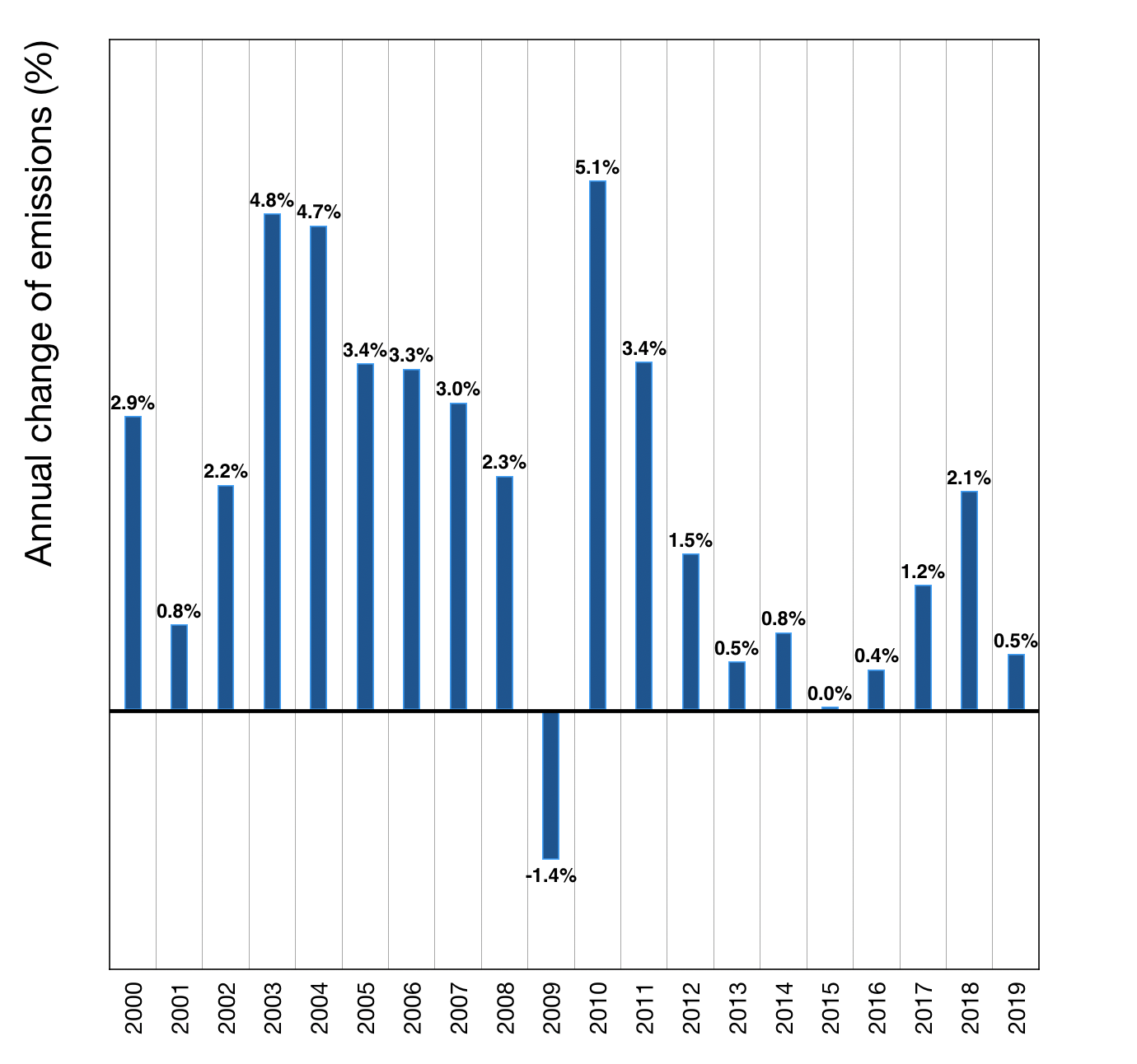



Greenhouse Gas Emissions World Energy Data
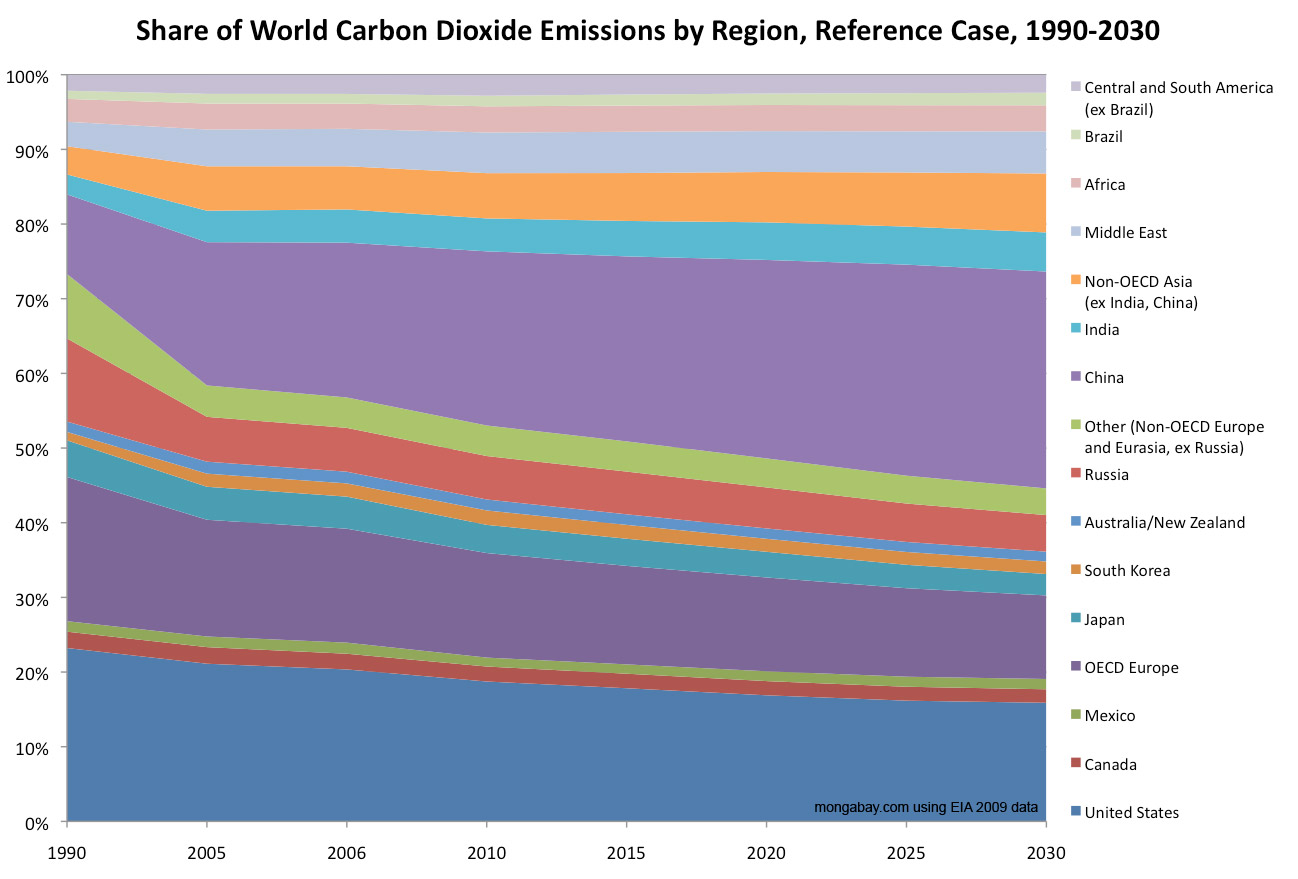



Carbon Dioxide Emissions Charts



Temperatures Climate Action Tracker




Oc Global Carbon Emissions Compared To Ipcc Recommended Pathway To 1 5 Degree Warming Dataisbeautiful



1
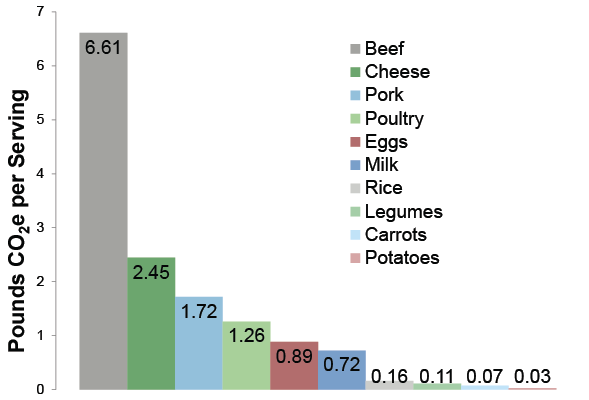



Carbon Footprint Factsheet Center For Sustainable Systems



Greenhouse Gas Emissions Wikipedia
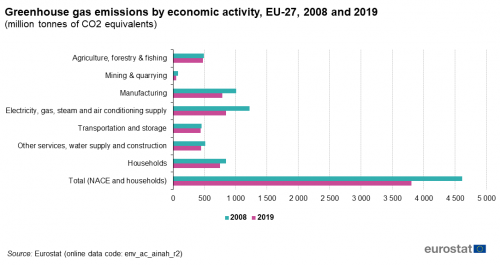



Greenhouse Gas Emission Statistics Air Emissions Accounts Statistics Explained



If The Us Is The Second Largest Producer Of Greenhouse Gas Emissions Who Is The First One Quora




Global Fossil Fuel Carbon Emissions Graphics




File Global Carbon Emission By Type To Y04 Png Wikimedia Commons



Total Greenhouse Gas Emission Trends And Projections In Europe European Environment Agency
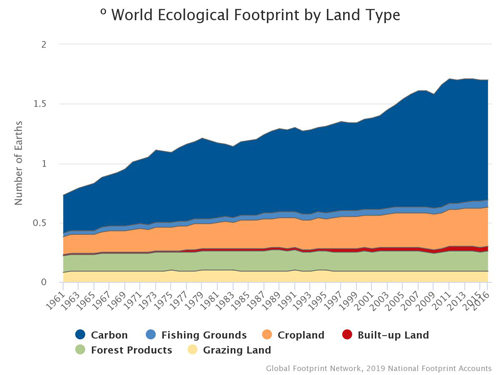



Climate Change The Carbon Footprint Global Footprint Network



Graph Of The Day Nine Simple Charts To Explain The Global Carbon Budget Reneweconomy
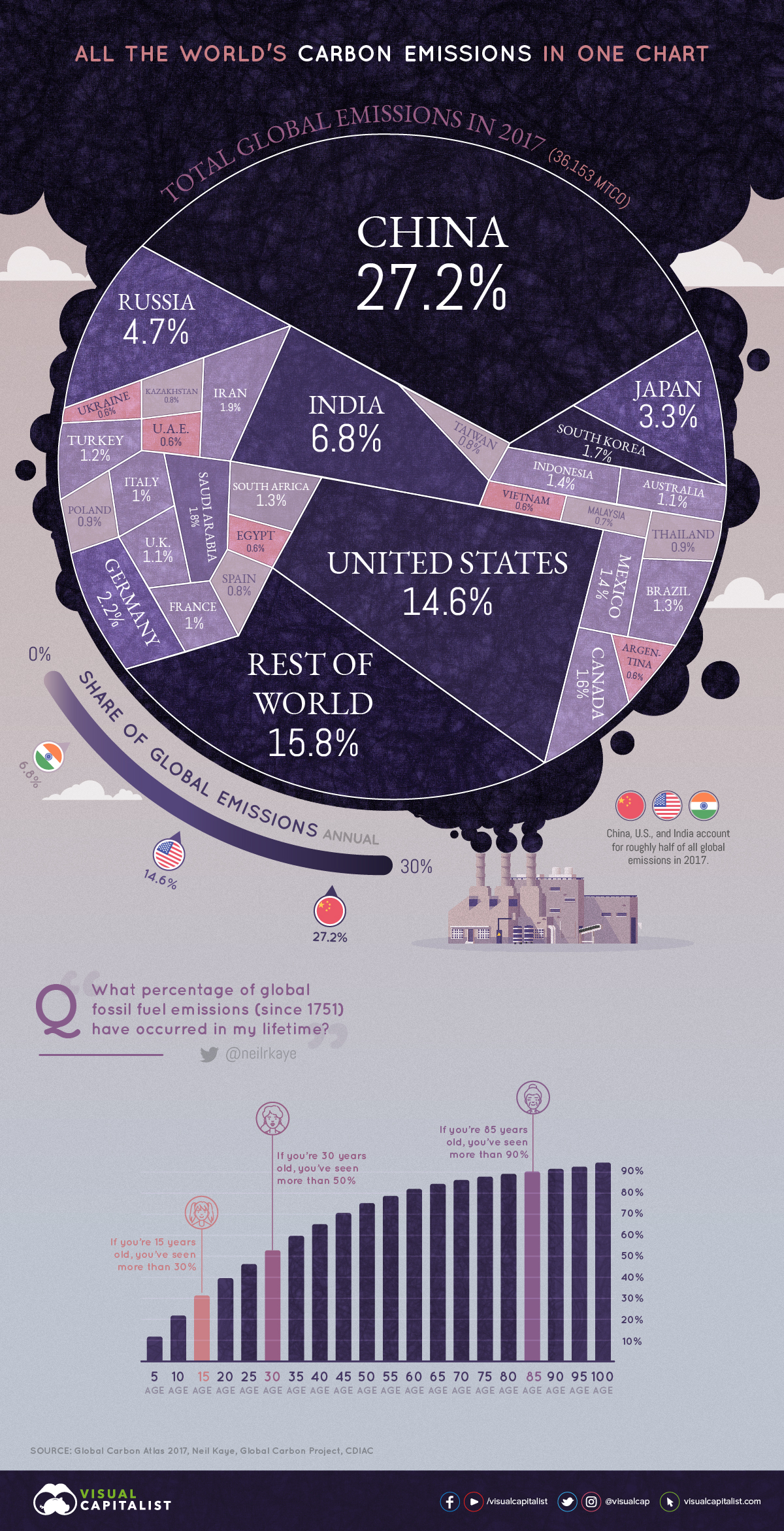



All Of The World S Carbon Emissions In One Giant Chart



Co And Greenhouse Gas Emissions Our World In Data
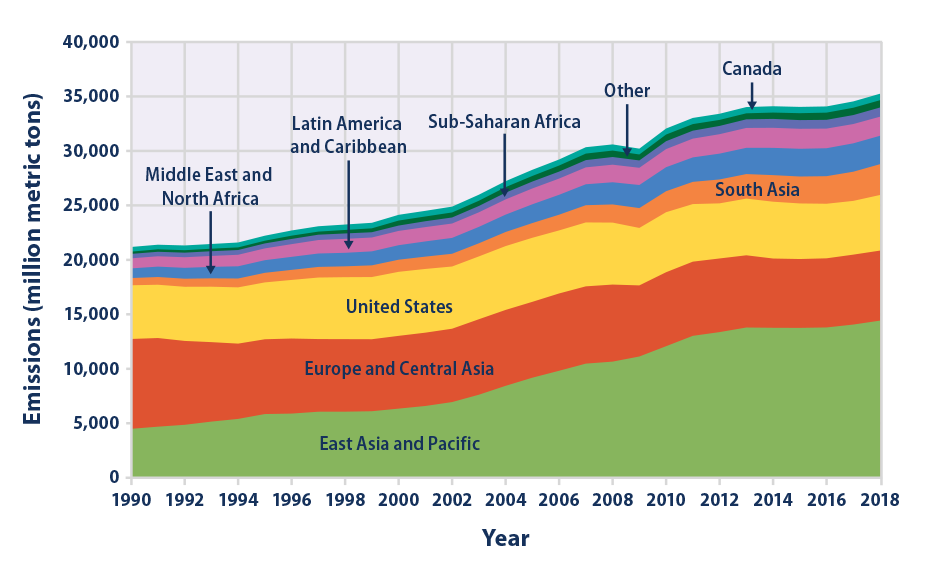



Climate Change Indicators Global Greenhouse Gas Emissions Us Epa




France Greenhouse Gas Emissions Decreased By 16 9 From 1990 Levels Climate Scorecard



Annual Ghg Index Aggi




Global Historical Co2 Emissions 1750 Statista



0 件のコメント:
コメントを投稿